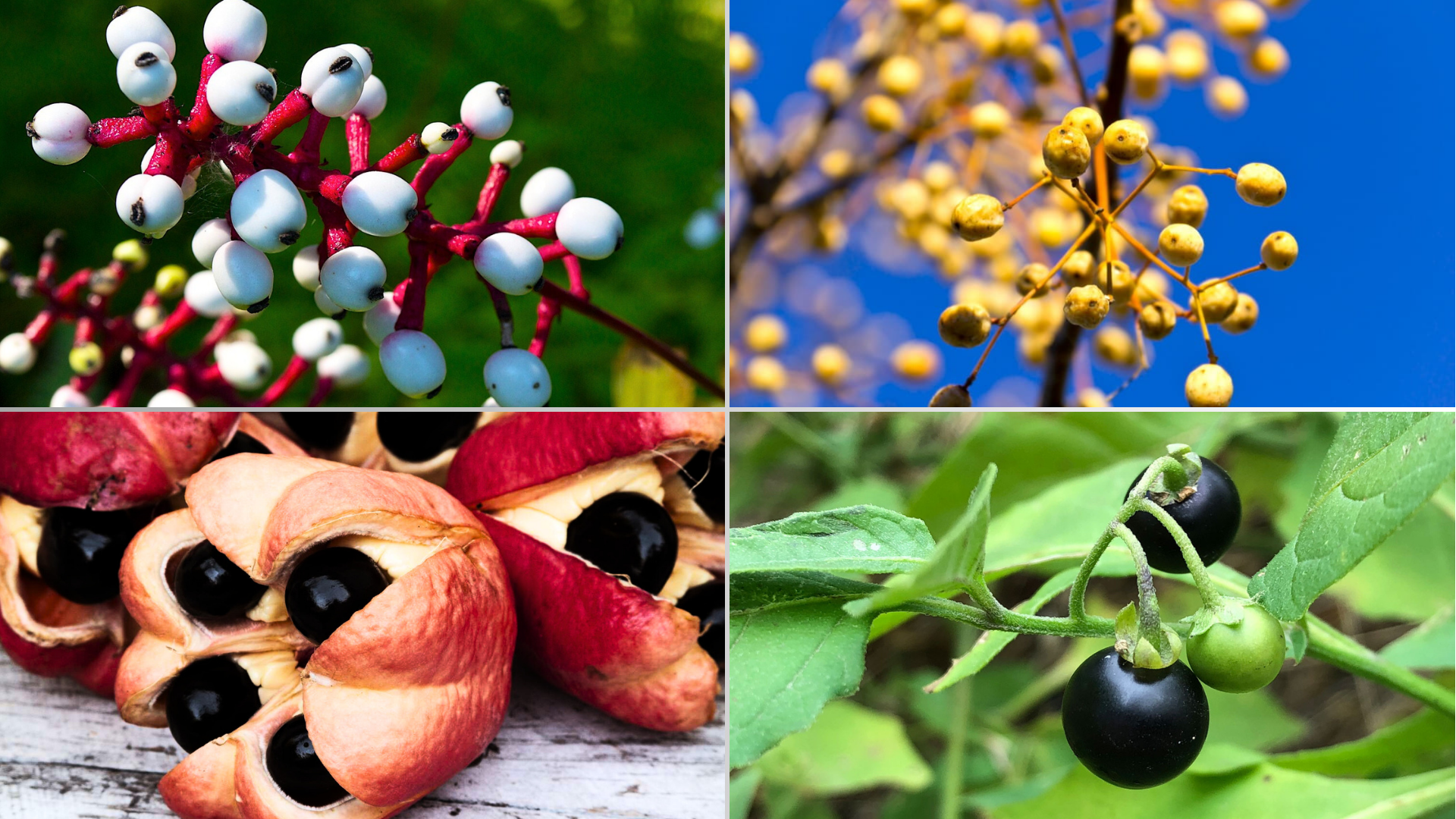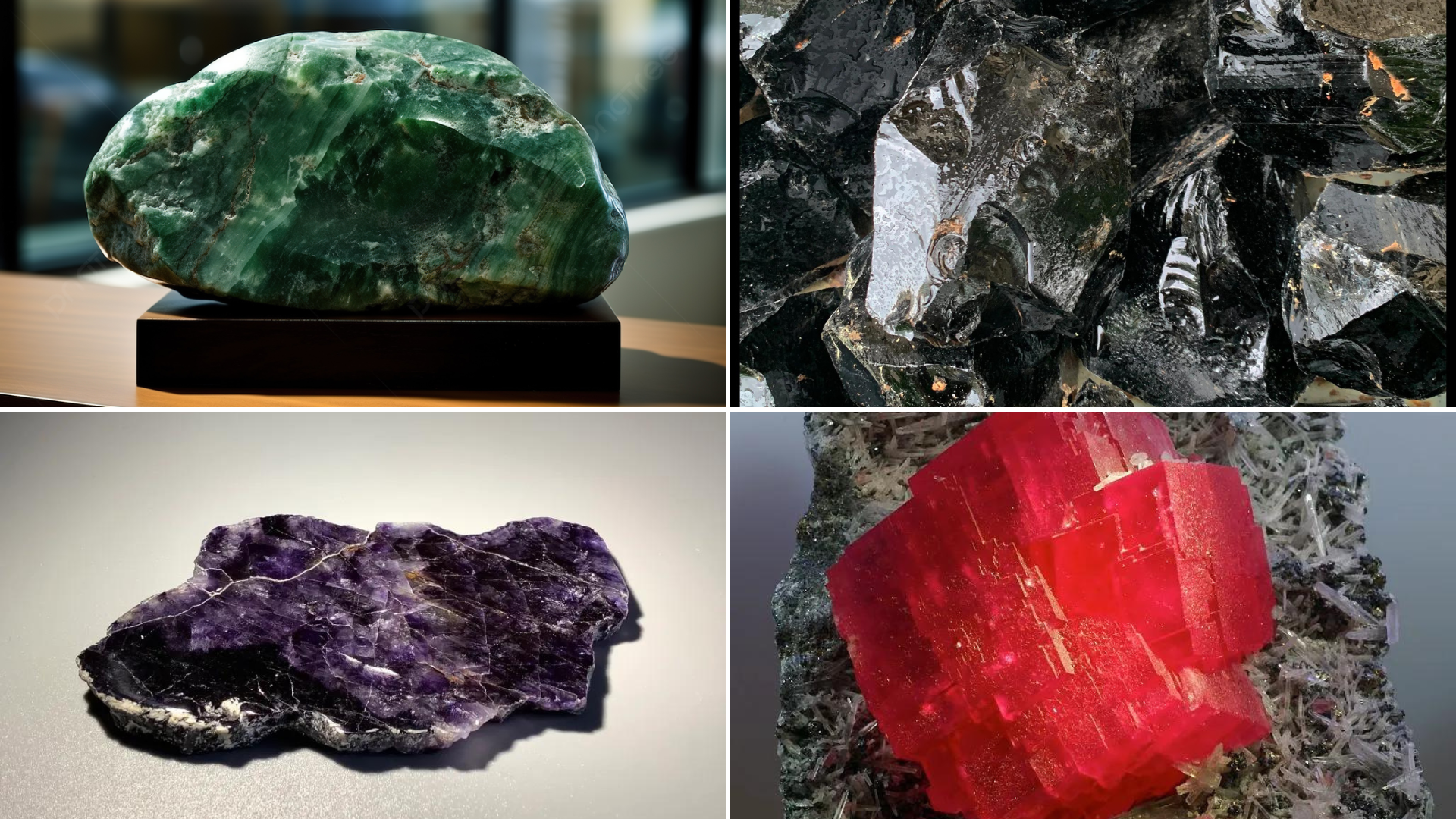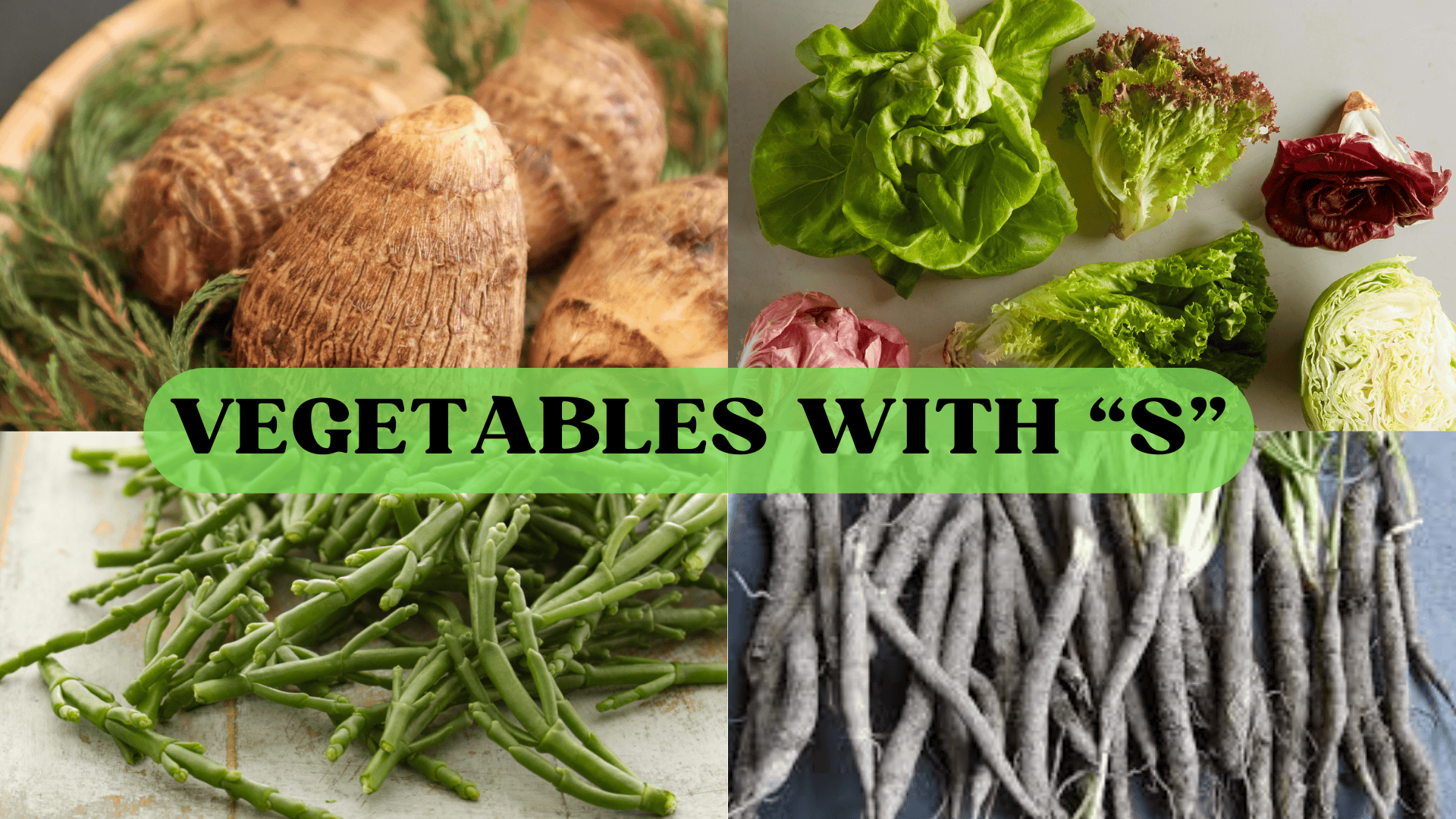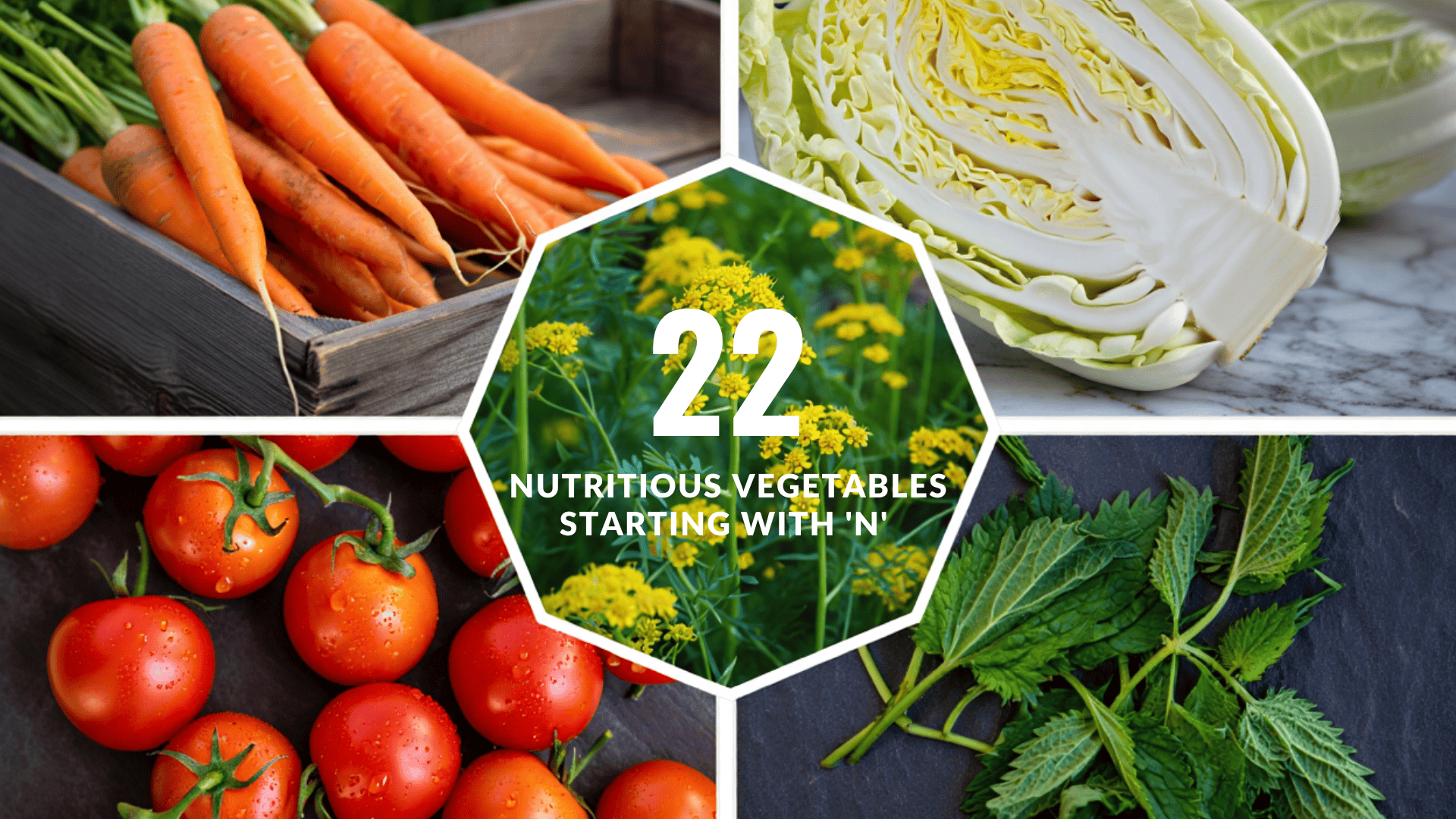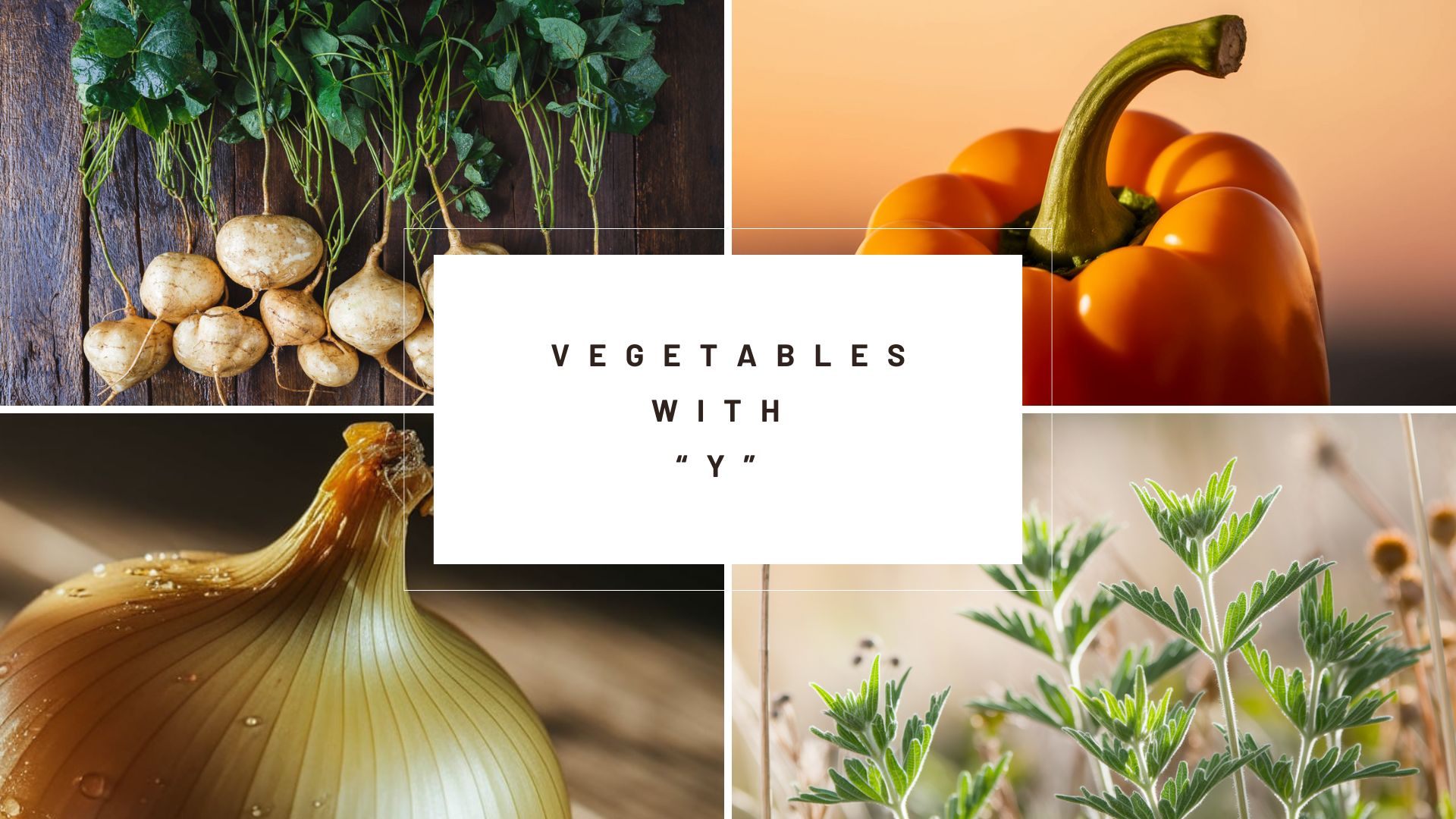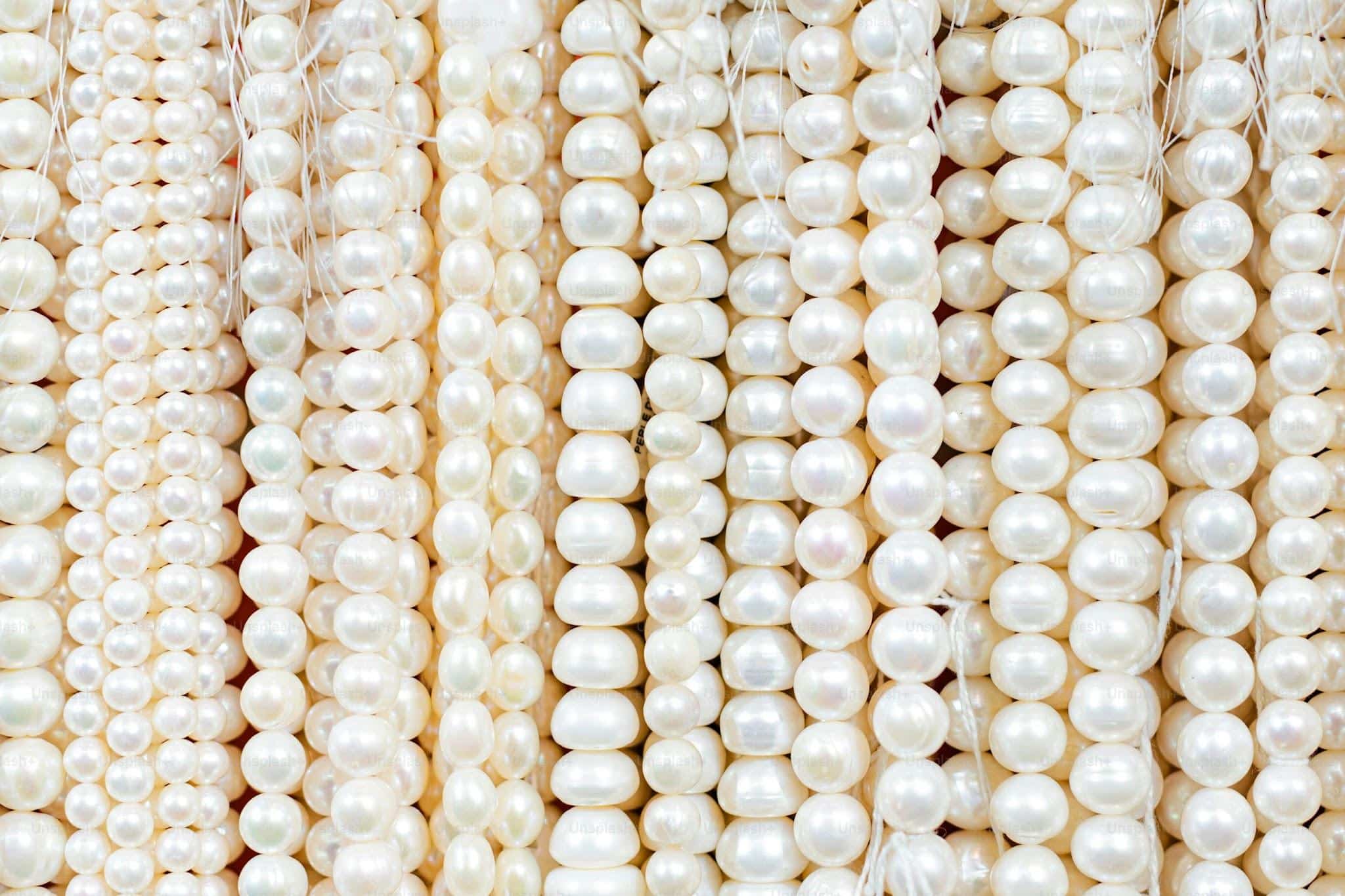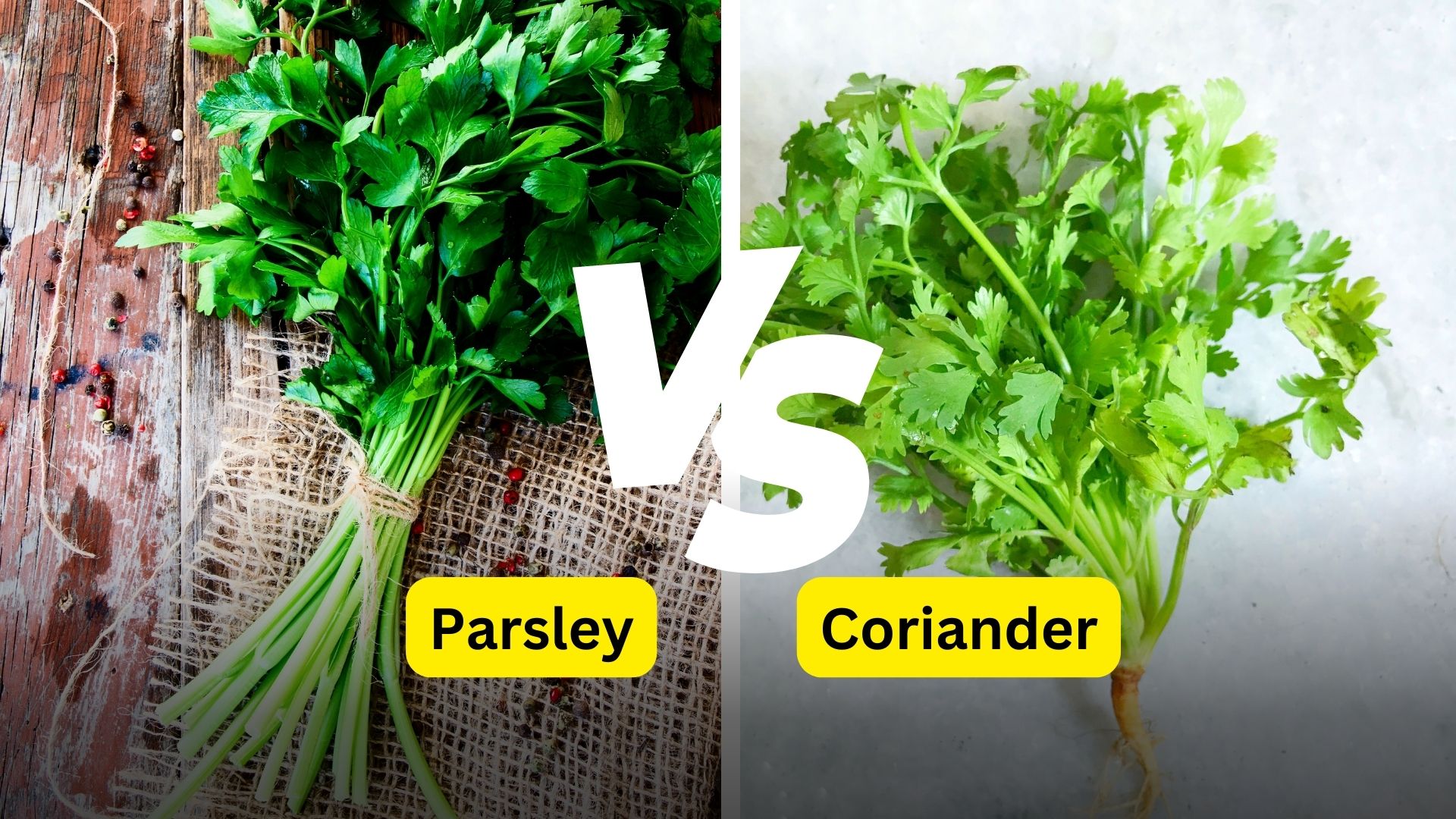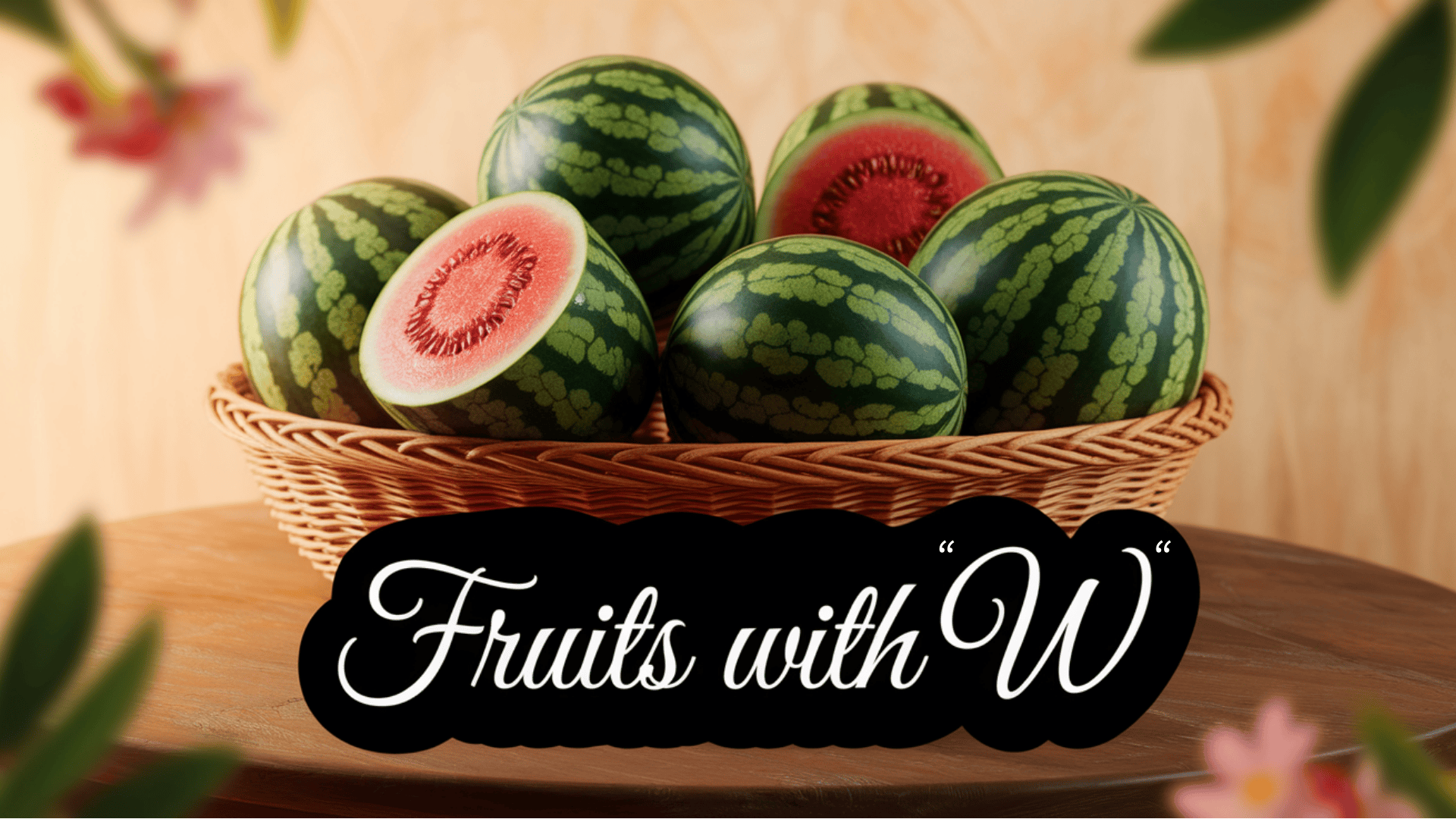
Leap into the selection of fruits that begin with the letter W! While this uncommon initial might seem limiting, this list reveals a surprising array of delectable treasures, from watermelon to white sapote.
These distinctive fruits span continents, climates, and cuisines, offering unique flavors and versatile culinary applications.
If you are a curious food enthusiast, home chef, or nutrition-focused eater, this definitive collection will introduce you to both familiar favorites and exotic finds.
Each fruit profile includes its intriguing origins, innovative ways to incorporate it into your cooking, and trivia that will change you into a W-fruit aficionado.
Uncover these wonderful fruits—some hiding in plain sight at your local market, others waiting to be found on your next global trip!
Common Fruits That Start with “W”
1. Wampee
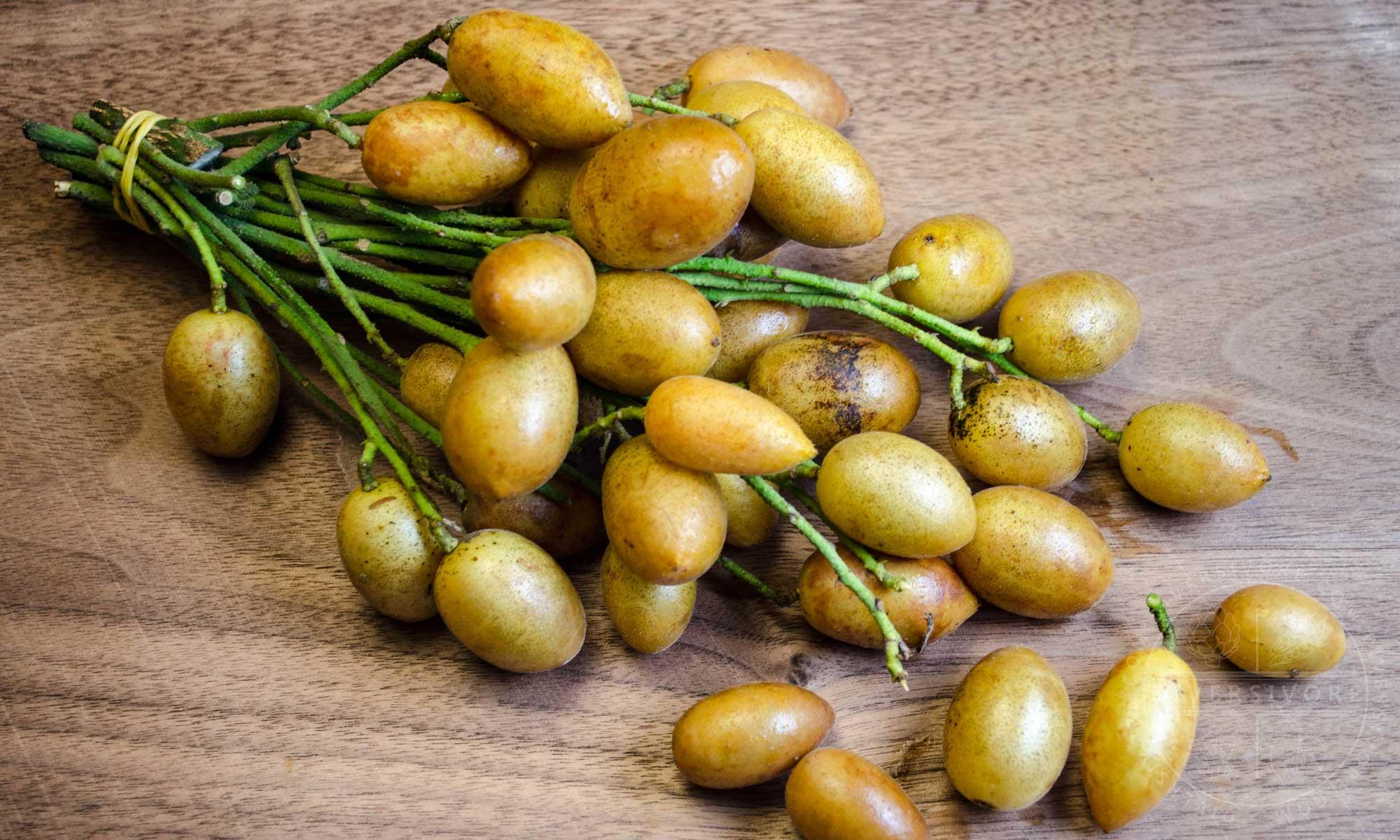
- Origin: Native to Southeast Asia, particularly China and Vietnam.
- Culinary Uses: Commonly eaten fresh, used in jams, or fermented into wine.
- Trivia: The fruit has a tangy-sweet taste, similar to grapes and citrus.
2. Wild Strawberry
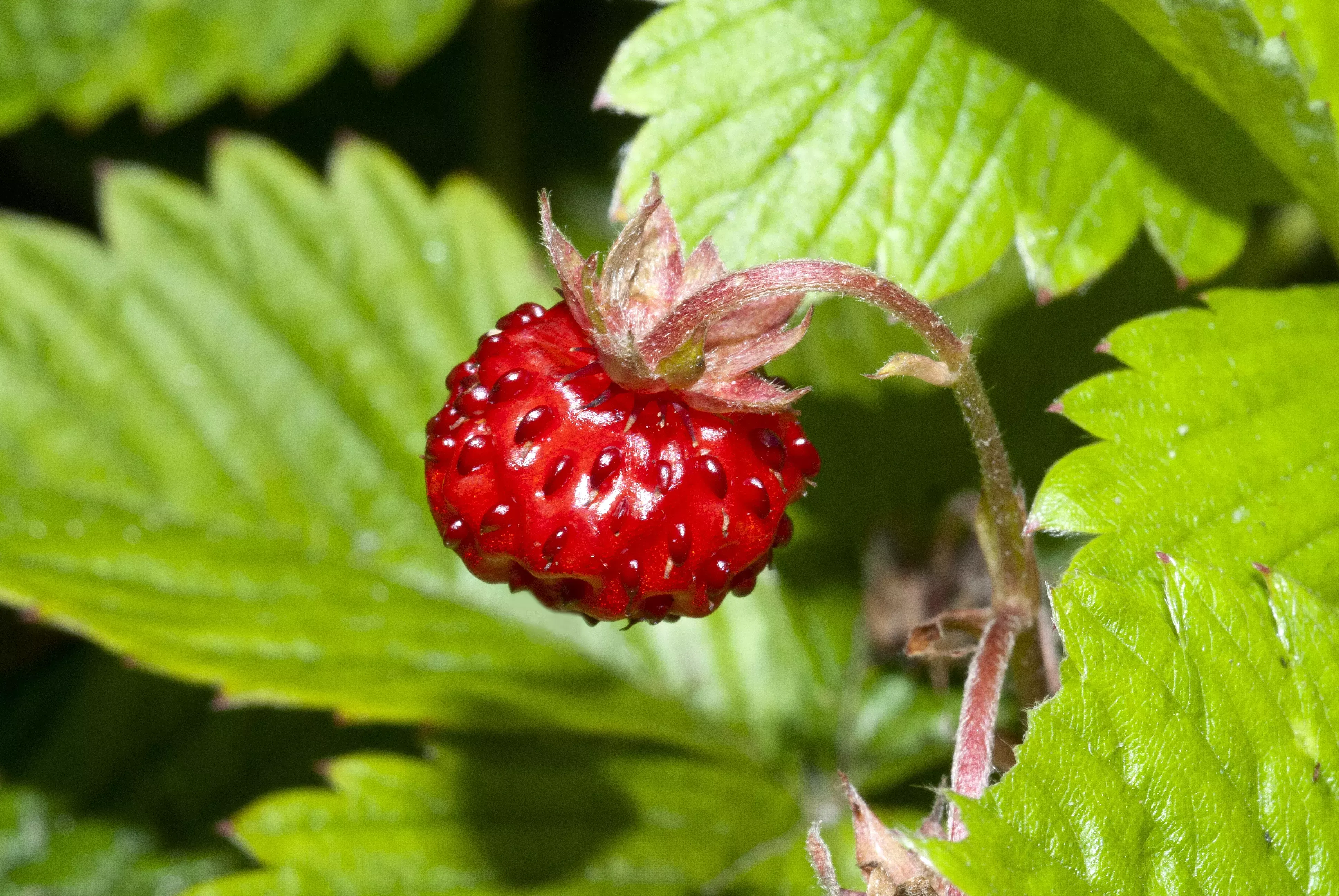
- Origin: Native to Europe, North America, and Asia.
- Culinary Uses: Used in jams, desserts, and fresh.
- Trivia: Smaller and sweeter than farmed strawberries.
3. Water Apple
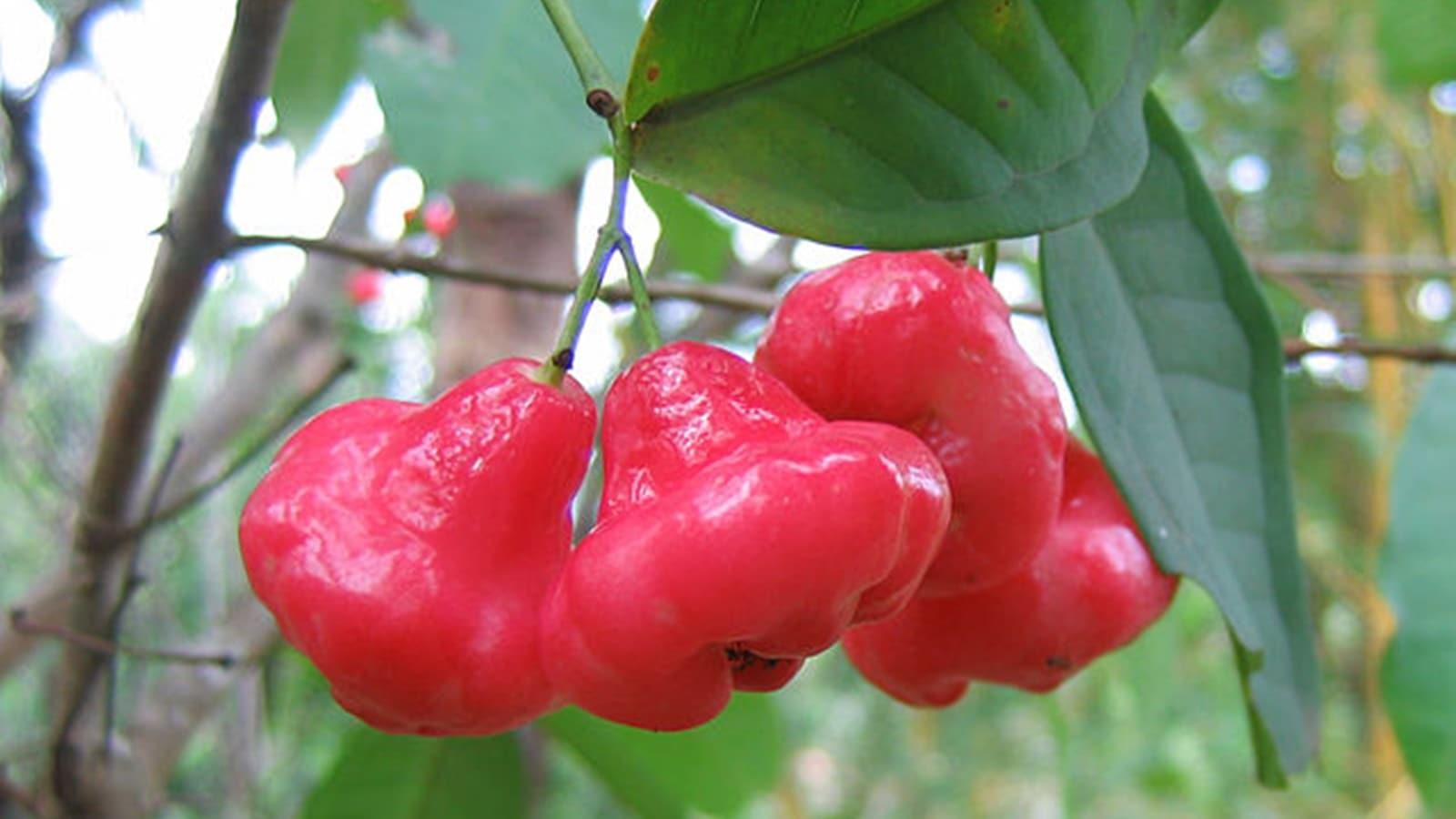
- Origin: Found in tropical regions, mainly in Southeast Asia and India.
- Culinary Uses: Used in salads, eaten fresh, or pickled.
- Trivia: Despite the name, it has a pear-like texture rather than an apple’s.
4. Water Caltrop
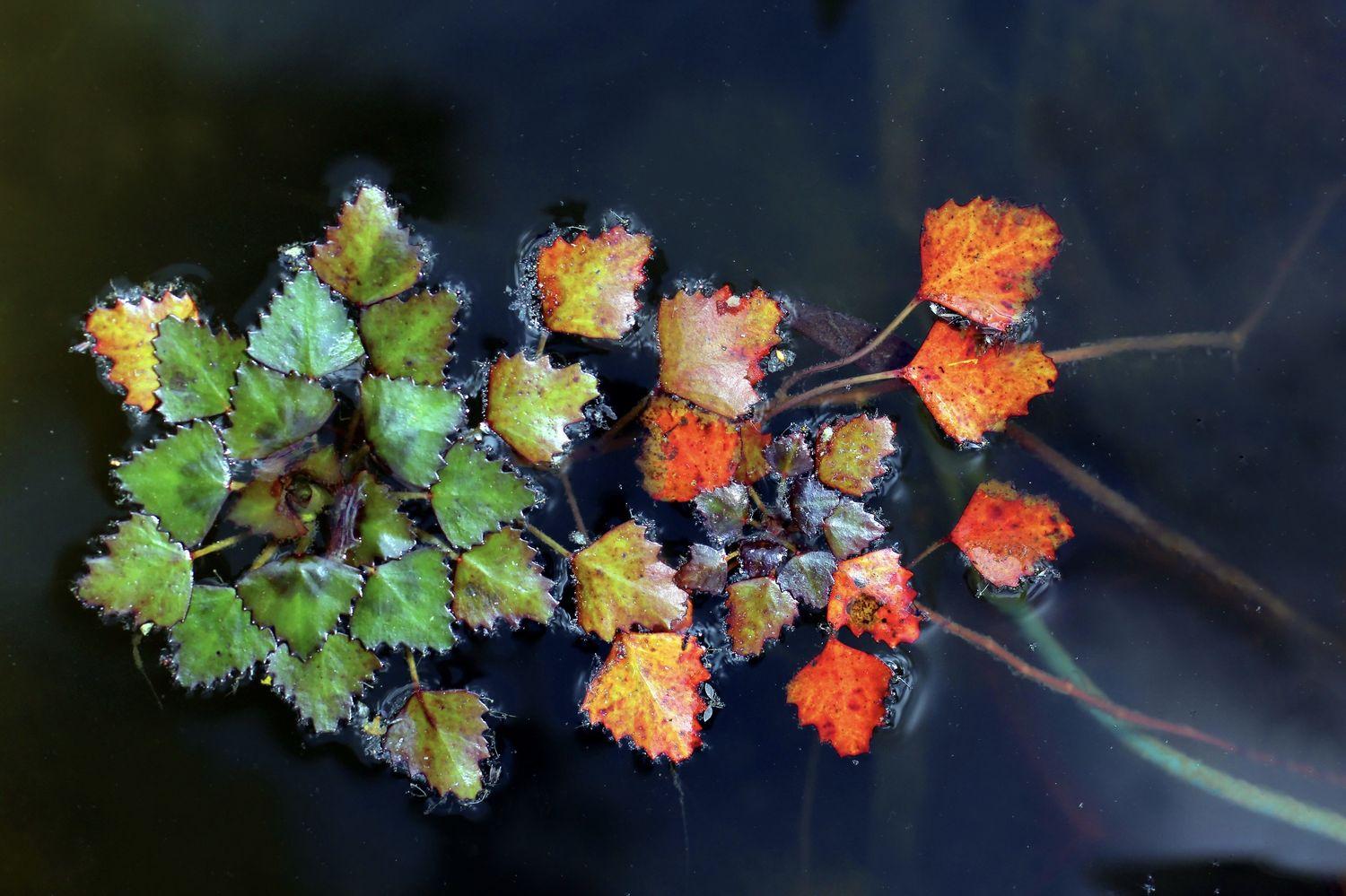
- Origin: Native to Asia, Africa, and parts of Europe.
- Culinary Uses: Boiled or roasted like chestnuts and used in stews.
- Trivia: It is an aquatic plant with edible seeds resembling bull’s horns.
5. Water Chestnut
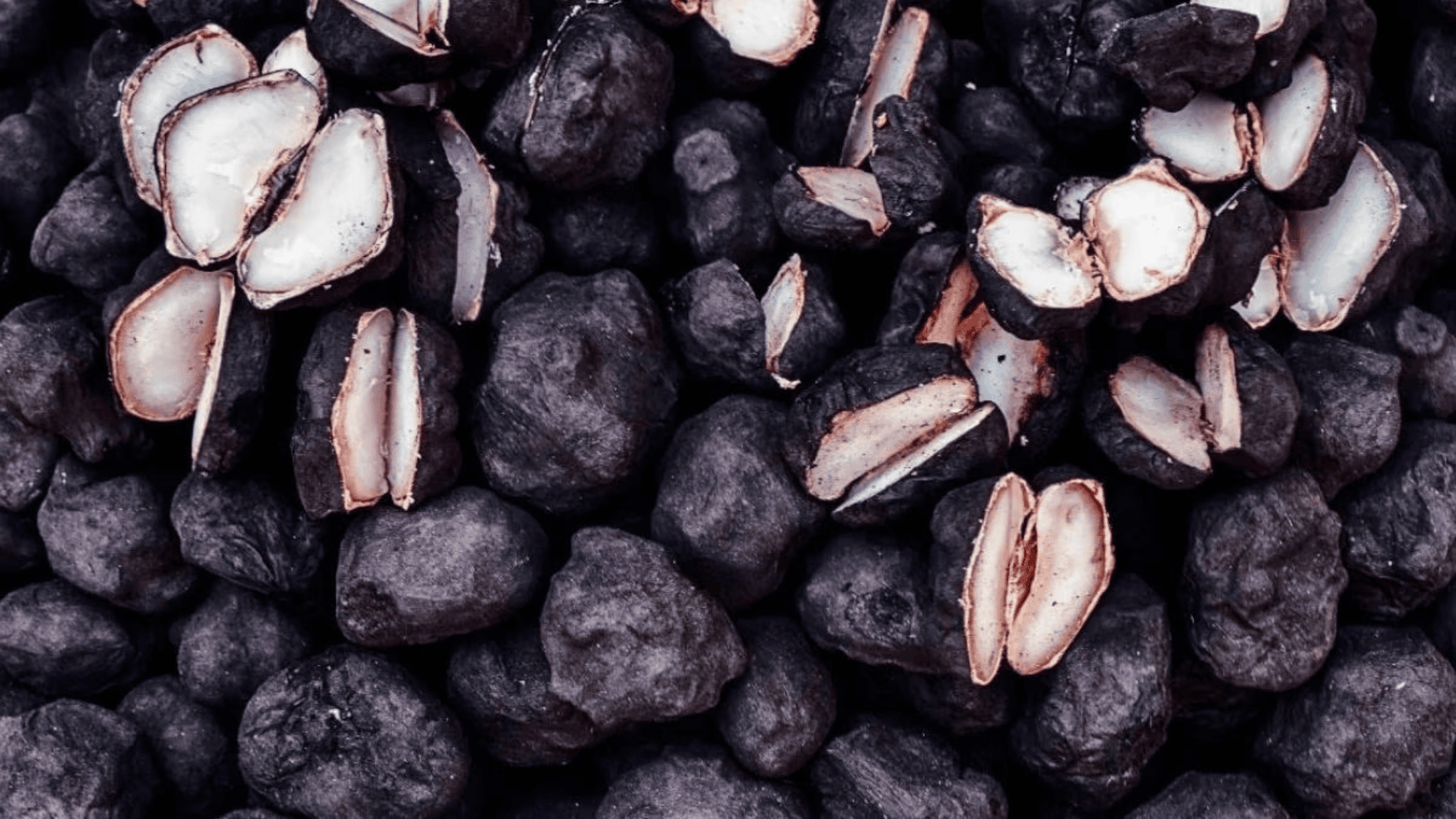
- Origin: Grows in marshy and aquatic environments across Asia.
- Culinary Uses: Common in stir-fries and Asian cuisine for its crunchy texture.
- Trivia: Unlike nuts, it is a corm rather than a true nut.
6. Water Lemon
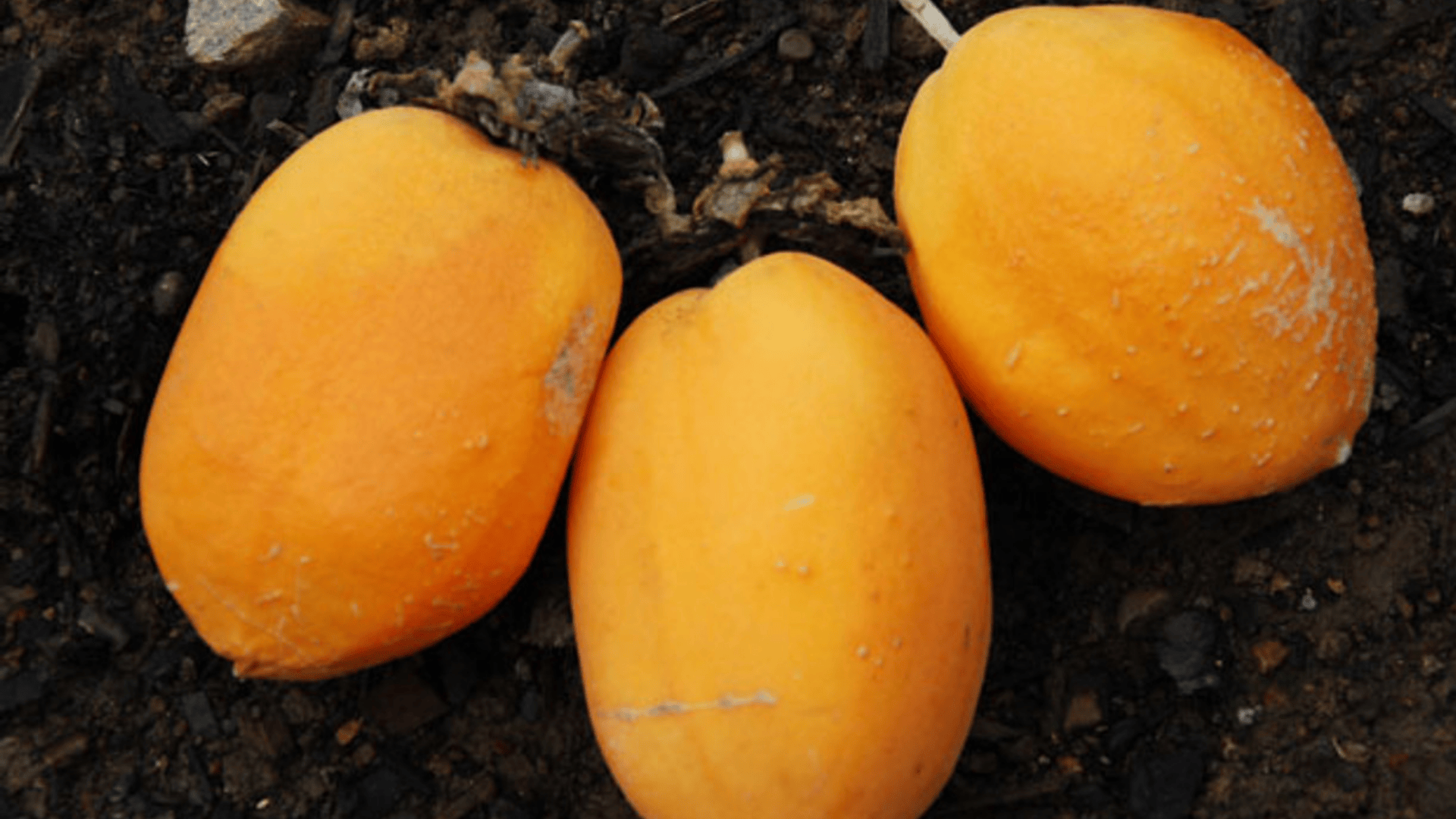
- Origin: Native to South America and the Caribbean.
- Culinary Uses: Juiced for refreshing drinks or eaten raw.
- Trivia: It is a type of passion fruit with a mildly sweet taste.
7. Waterberry
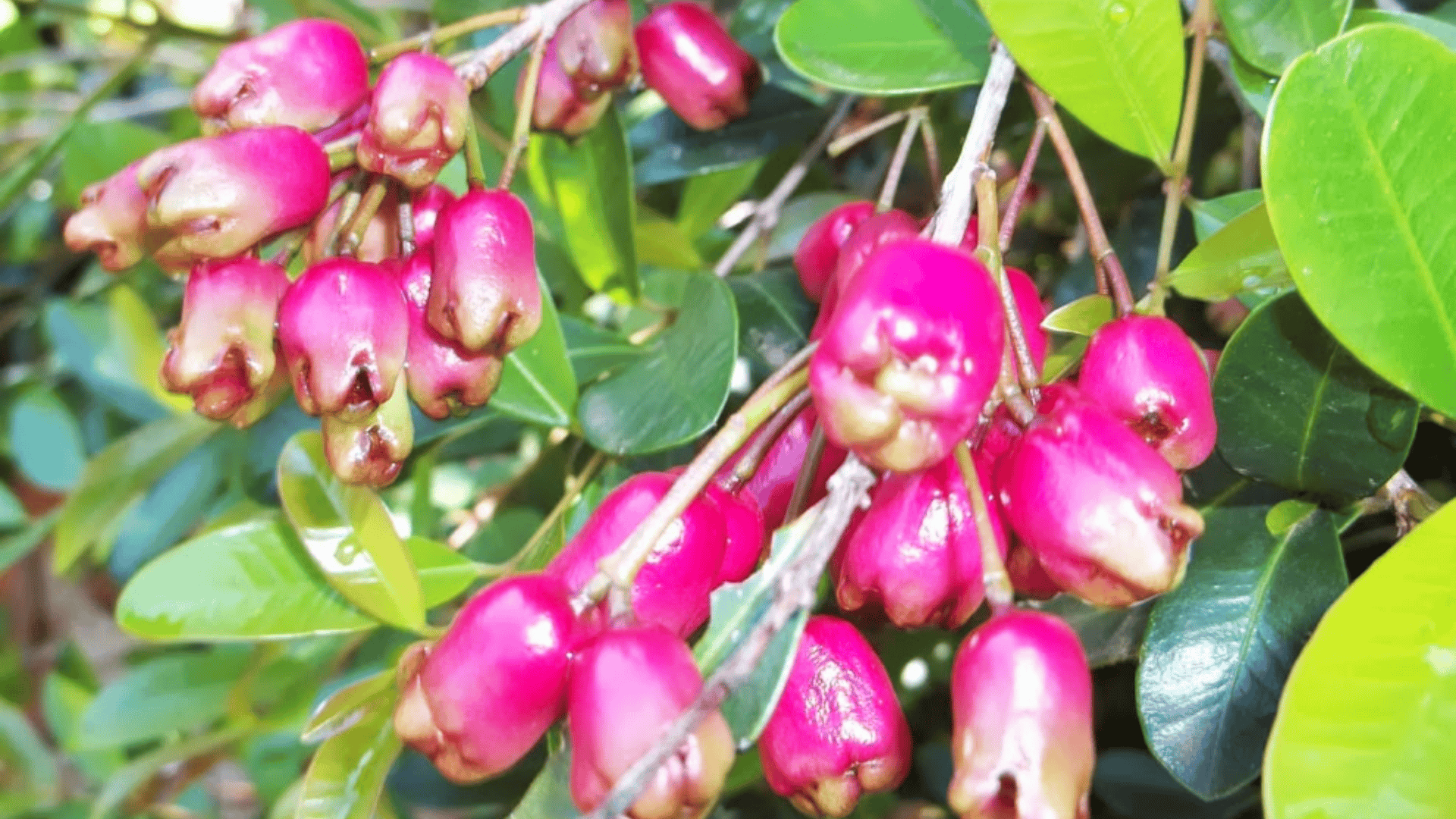
- Origin: Found in tropical and subtropical Africa.
- Culinary Uses: Used in traditional medicine, jams, and beverages.
- Trivia: The fruit grows in clusters and is rich in antioxidants.
8. Watermelon
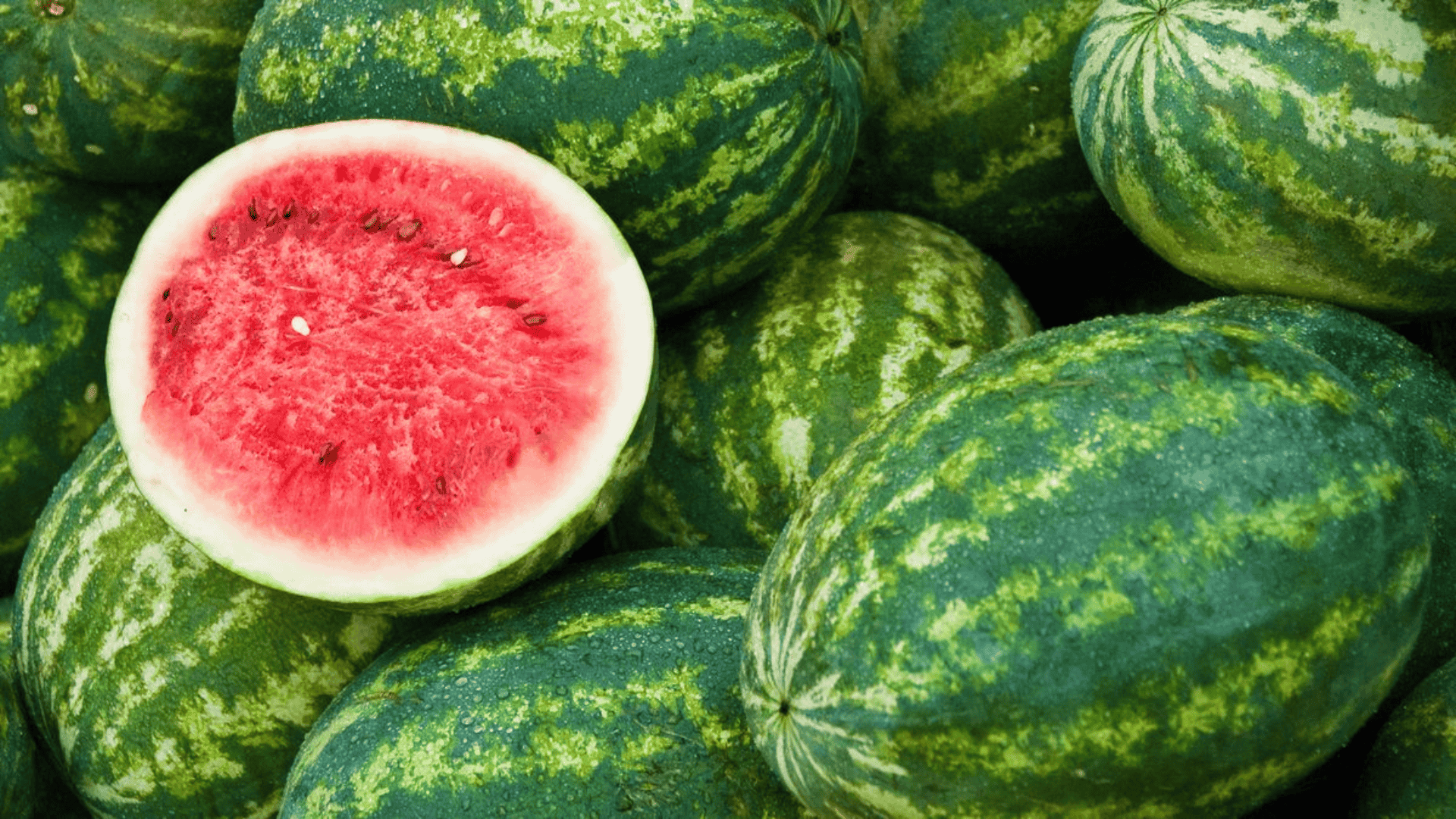
- Origin: Believed to have originated in Africa.
- Culinary Uses: Eaten fresh, blended into smoothies, or used in fruit salads.
- Trivia: Composed of over 90% water, making it incredibly hydrating.
9. Wild Tamarind
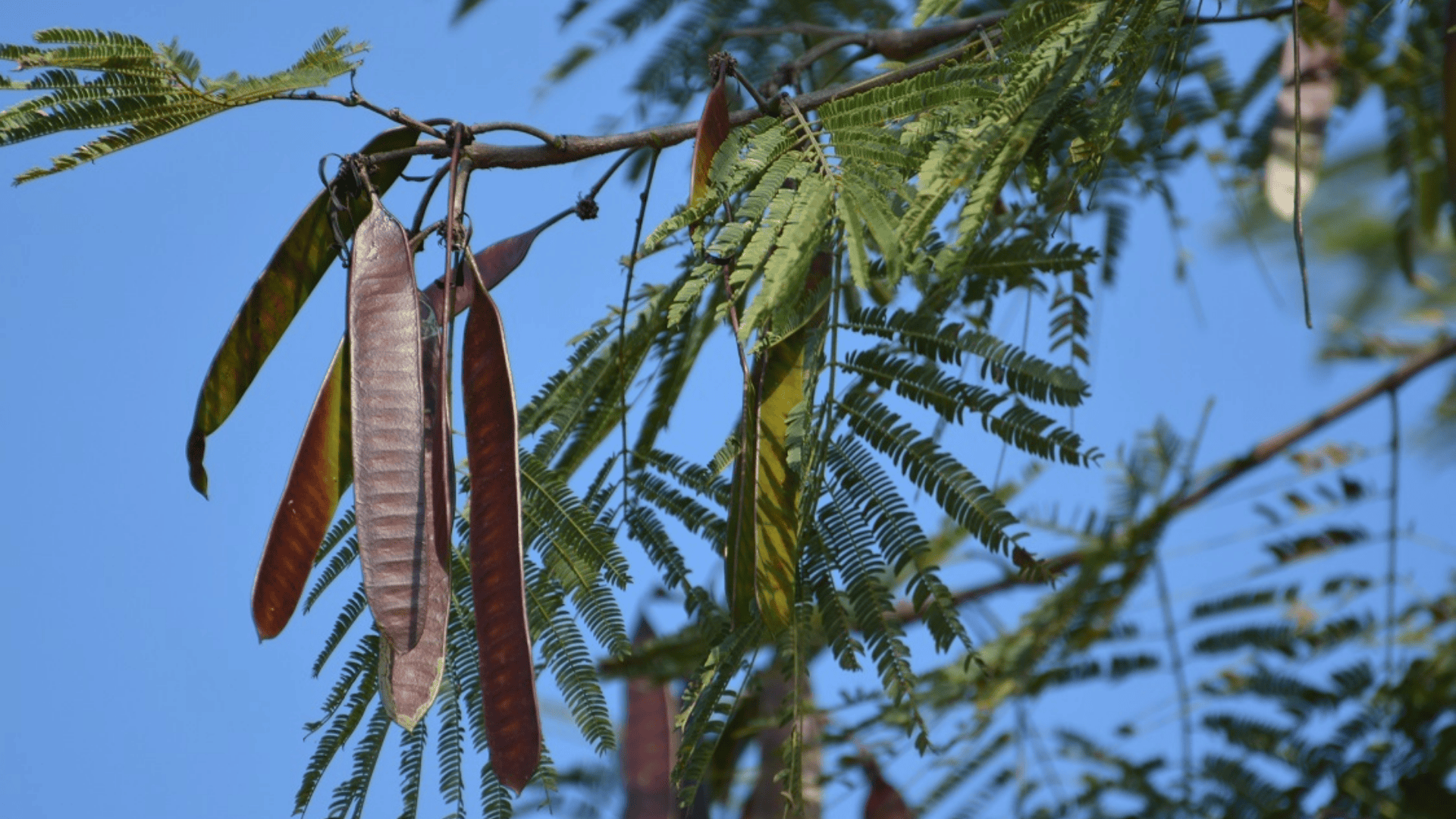
- Origin: Found in tropical regions of the Americas.
- Culinary Uses: Used in traditional medicine and cooking.
- Trivia: Despite the name, it is unrelated to true tamarinds.
10. Wax Apple
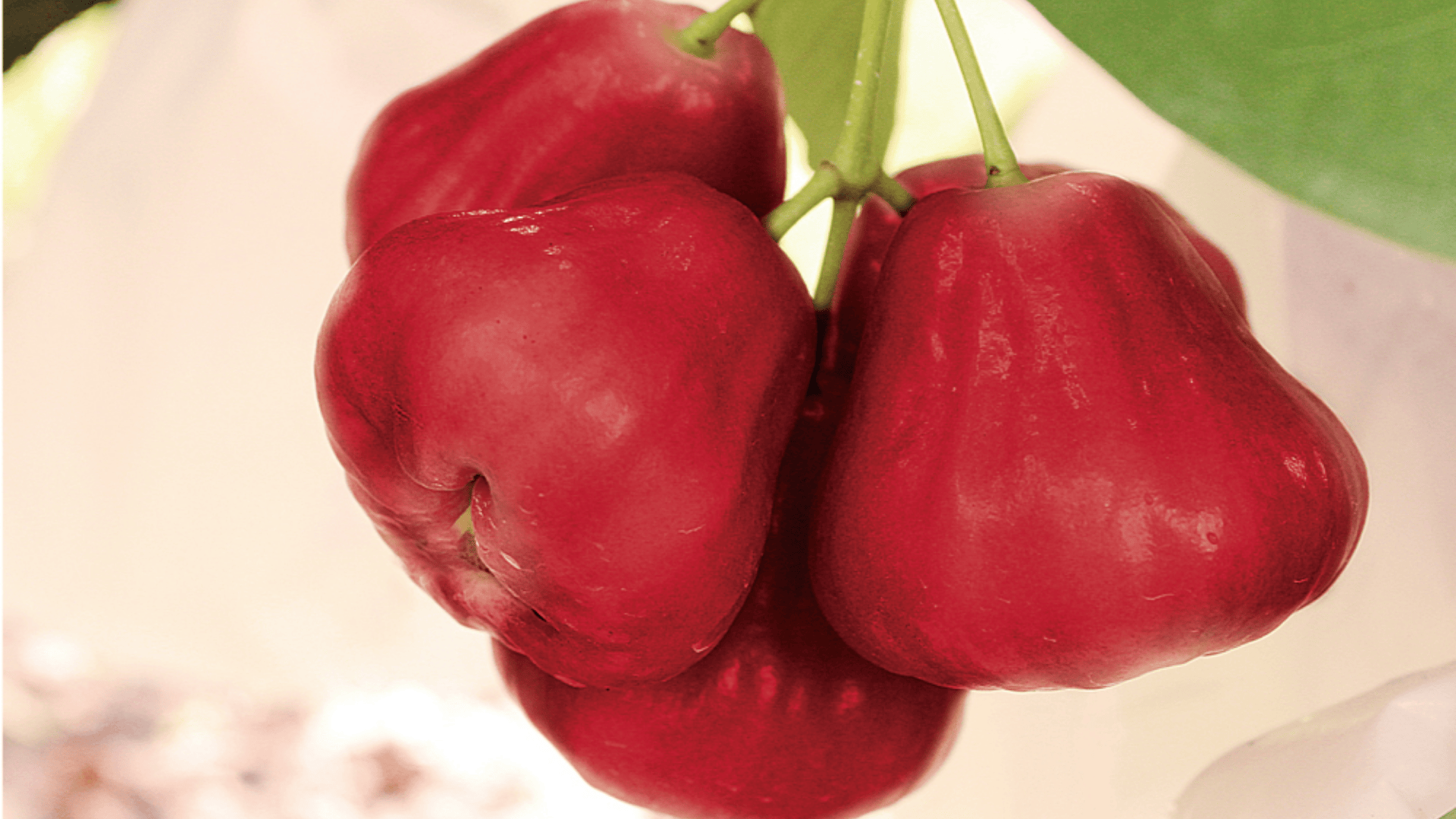
- Origin: Indigenous to Southeast Asia and India.
- Culinary Uses: Often eaten fresh or in fruit salads.
- Trivia: Despite its name, it has a texture closer to a pear than an apple.
11. Wax Gourd Fruit
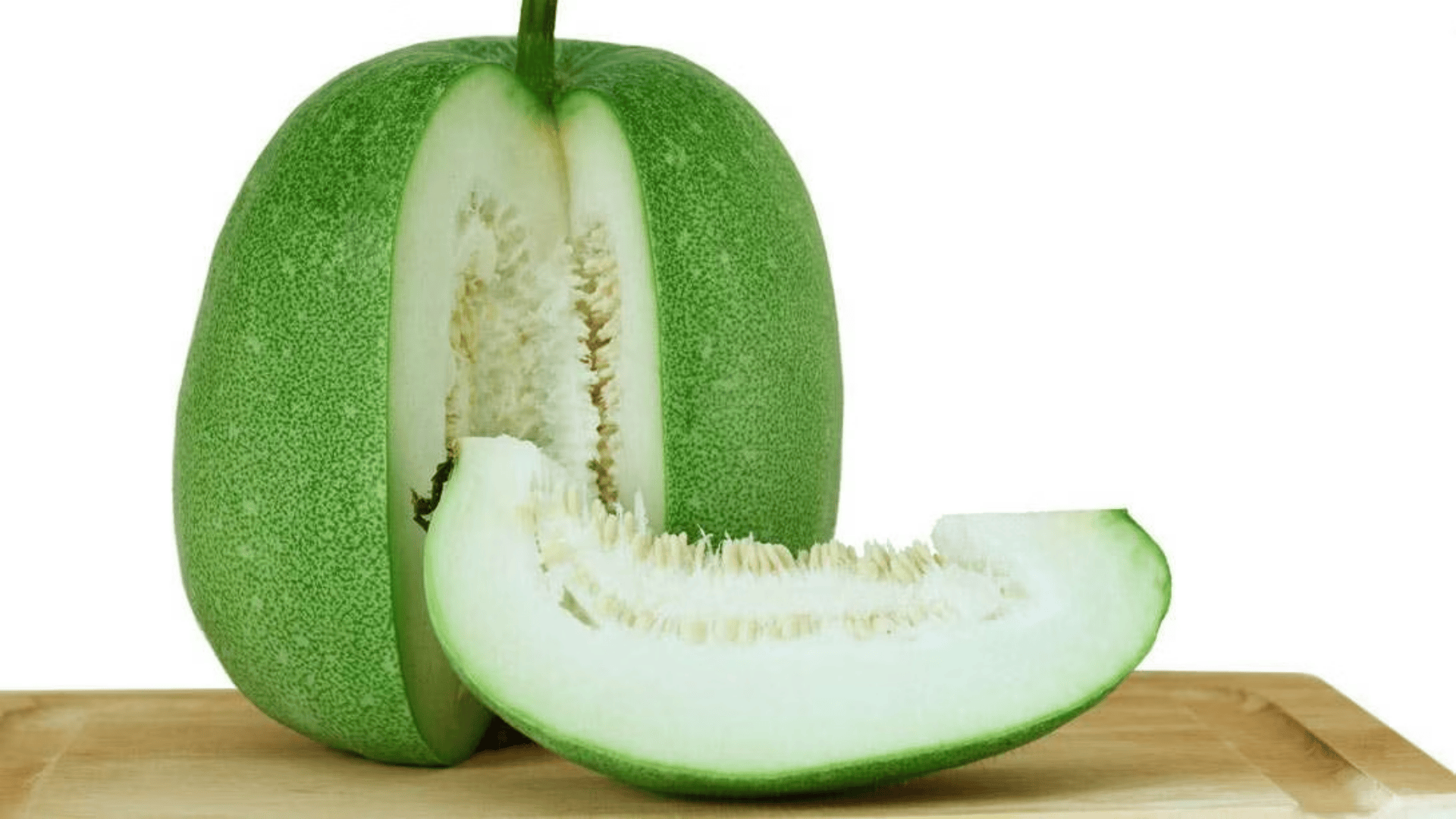
- Origin: Native to South and Southeast Asia.
- Culinary Uses: Used in soups, stir-fries, and traditional Asian desserts.
- Trivia: Also known as winter melon, it can be stored for months without spoiling.
12. Wild Raspberry
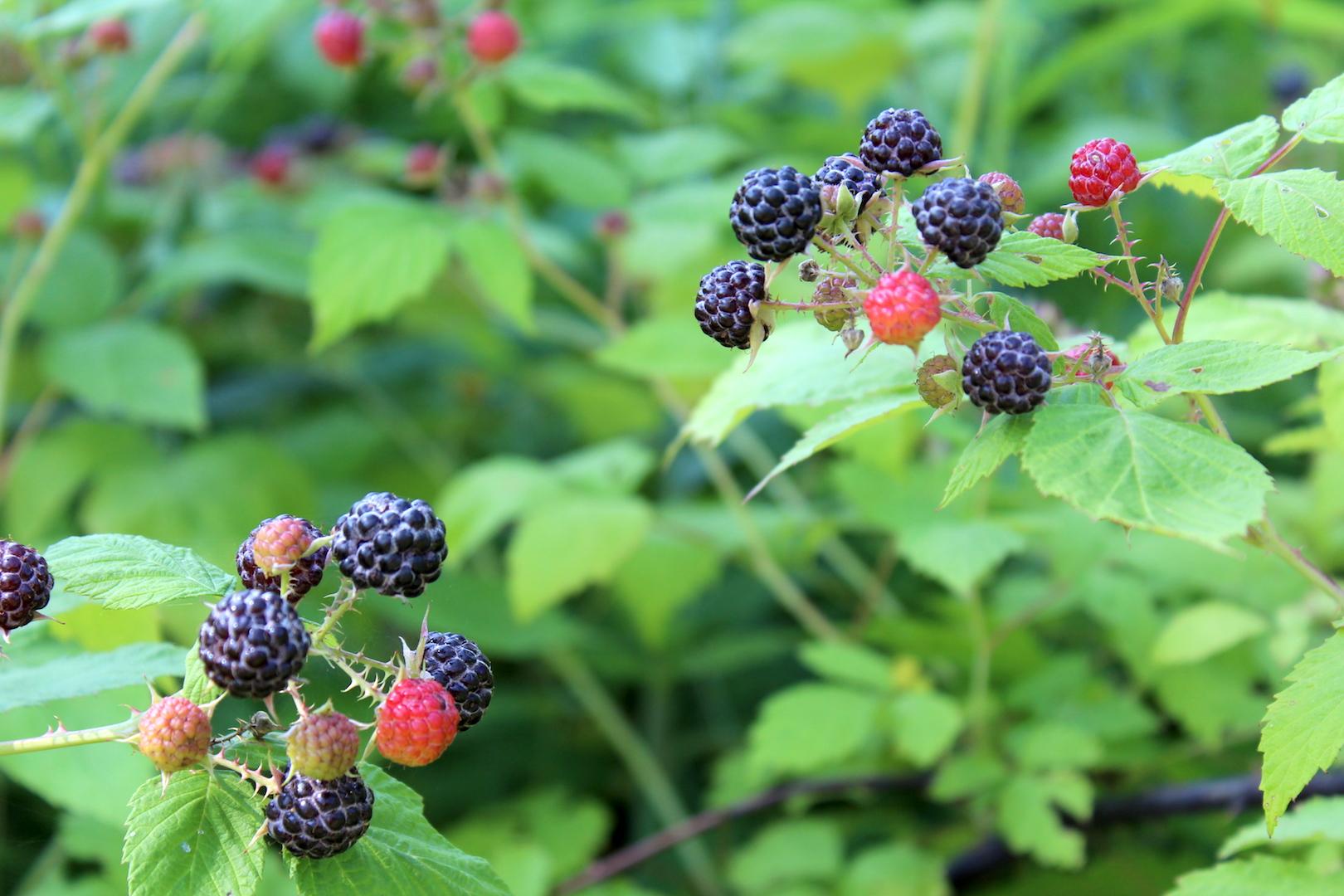
- Origin: Grows in forests of North America and Europe.
- Culinary Uses: Used in jams, desserts, and fresh.
- Trivia: Smaller and more flavourful than cultivated raspberries.
13. Wild Plum
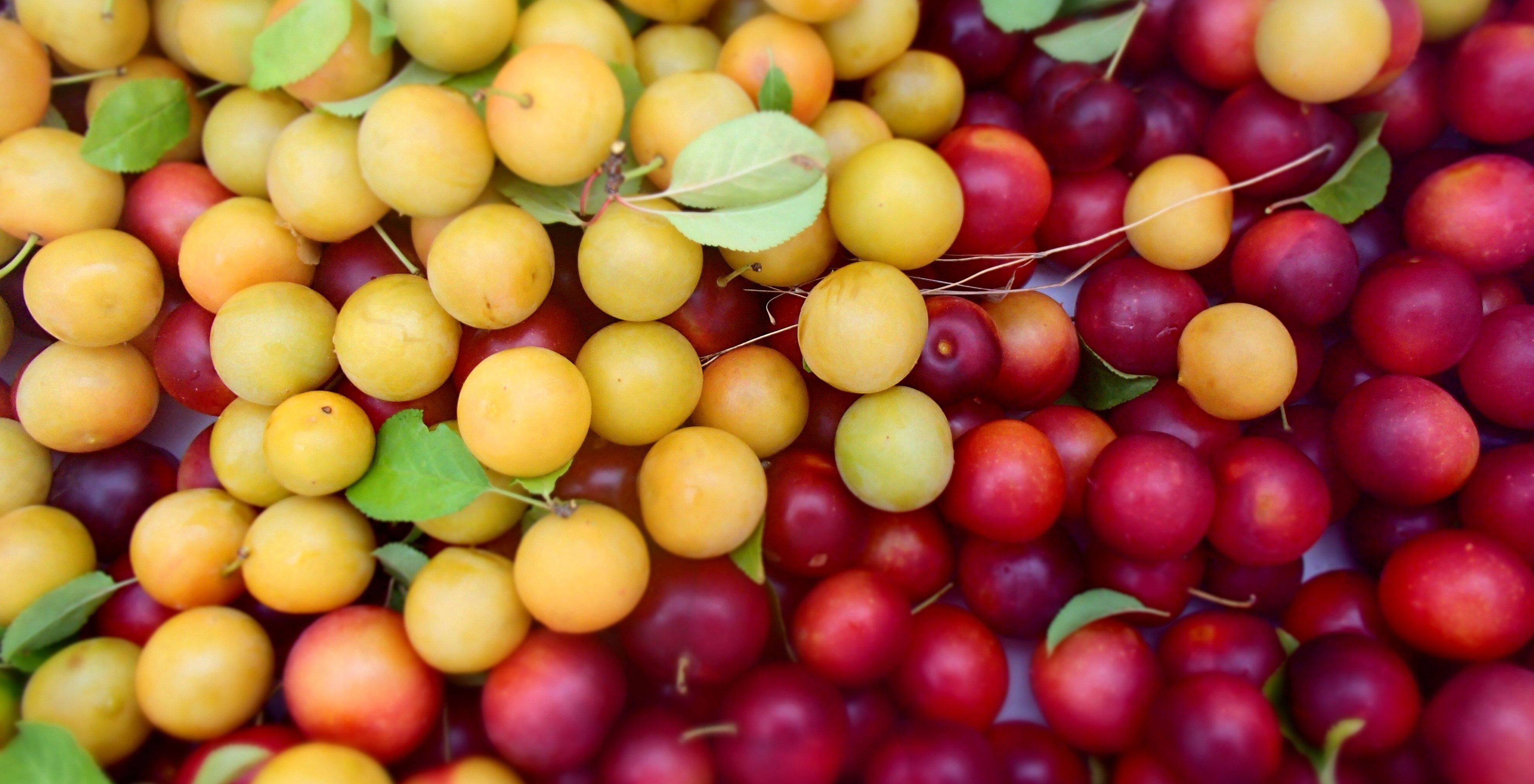
- Origin: Native to North America and Europe.
- Culinary Uses: Used in jams, sauces, and fresh.
- Trivia: The small, tart fruit is a favourite of birds and wildlife.
14. Wealthy Apple
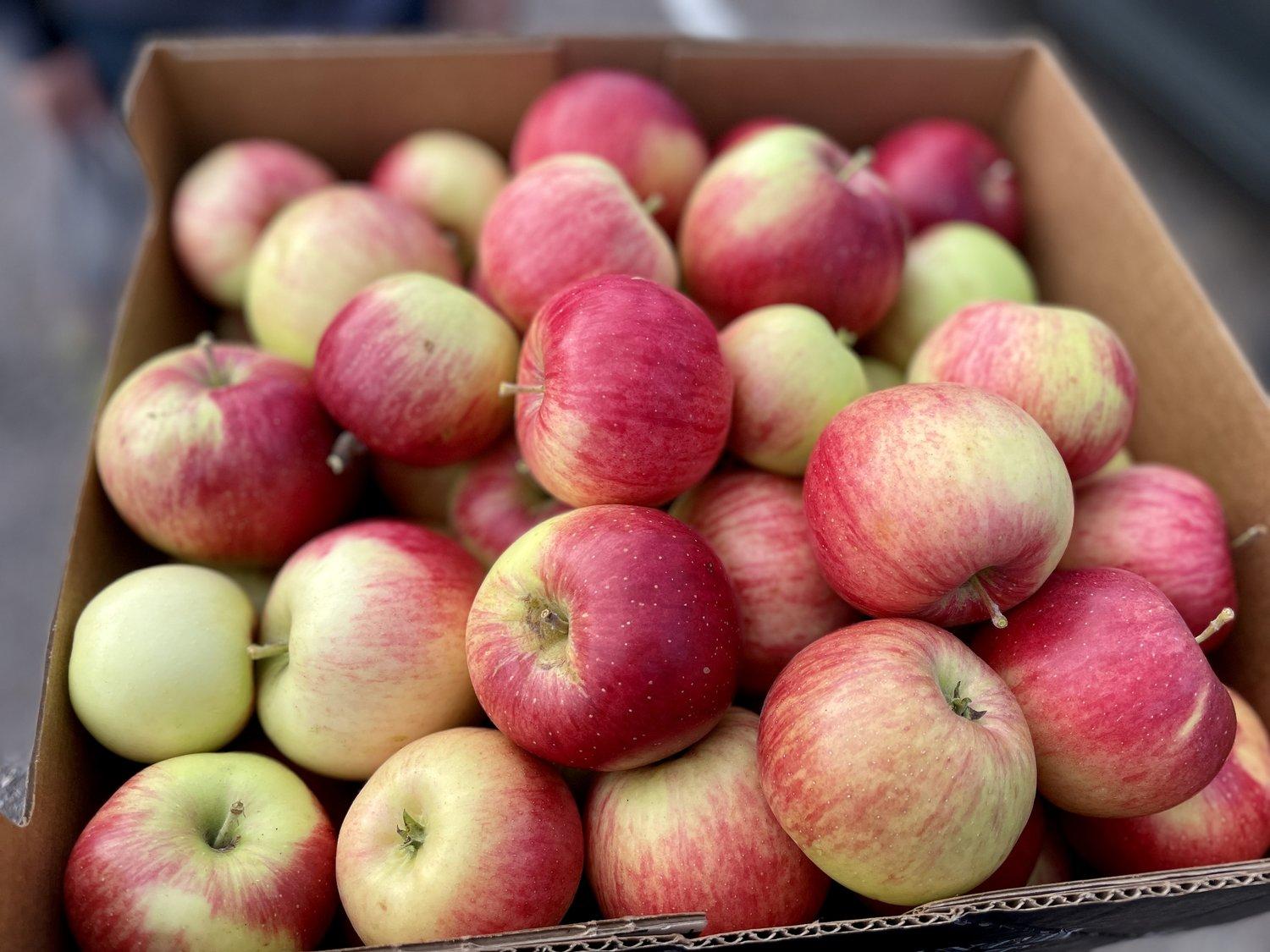
- Origin: Developed in the United States in the 1860s.
- Culinary Uses: Used in baking, cider-making, and fresh eating.
- Trivia: It was one of the first apples successfully grown in cold climates.
15. Weaver Fig
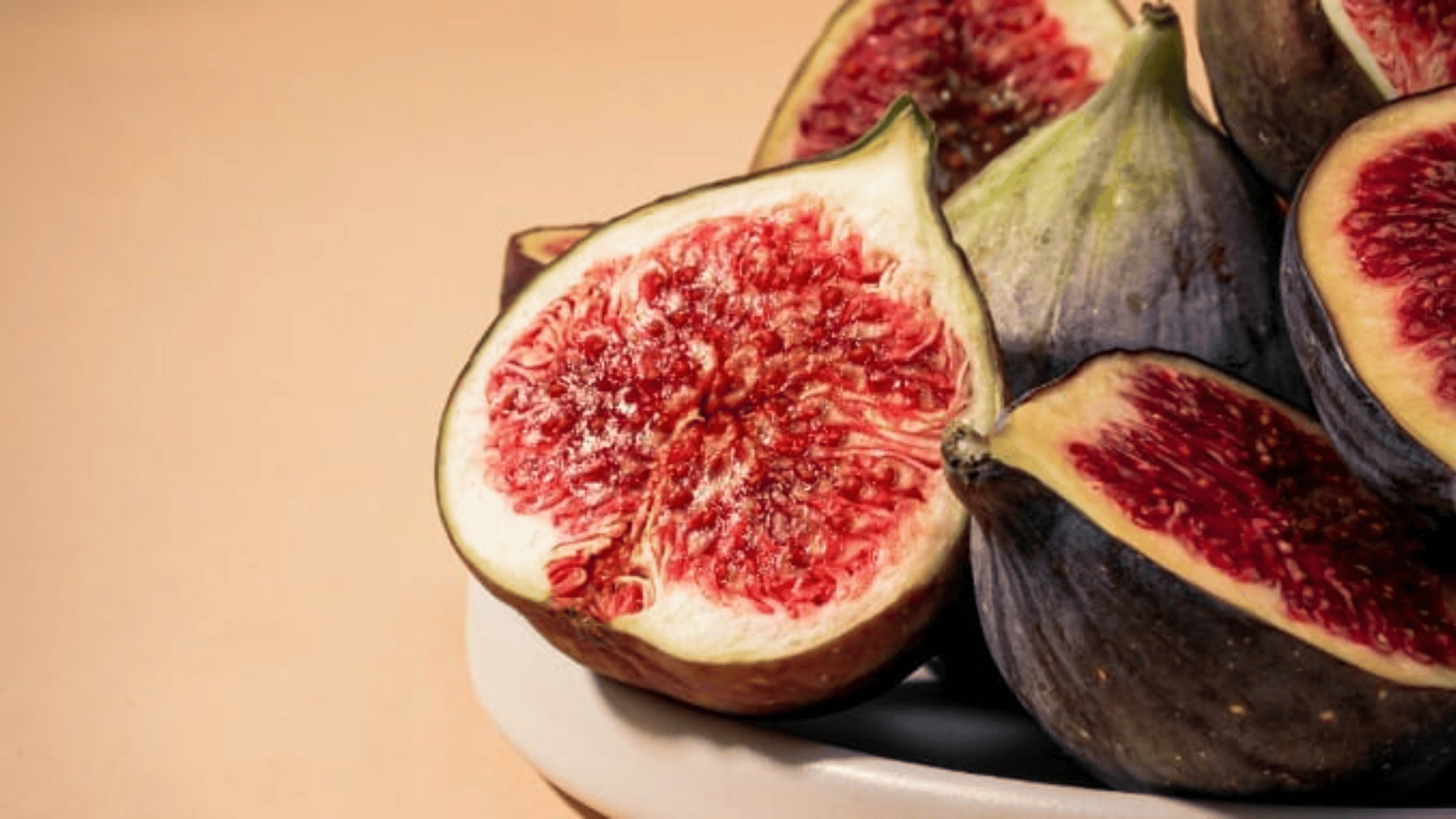
- Origin: Native to Africa and Asia.
- Culinary Uses: Eaten fresh or dried and used in jams.
- Trivia: Named after the weaver bird, which nests in its branches.
16. Weinmannia Fruit
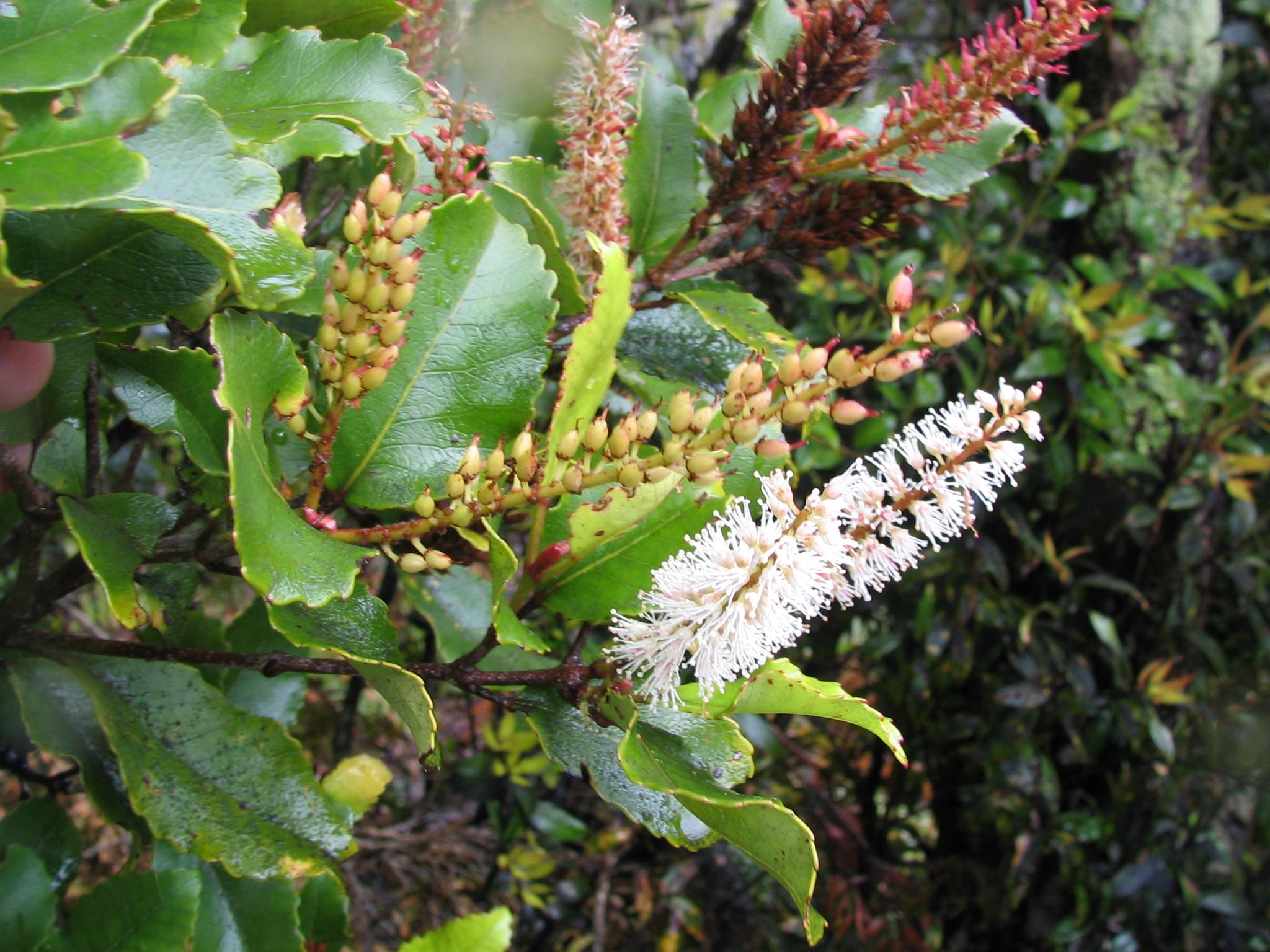
- Origin: Found in South America, Africa, and some Pacific islands.
- Culinary Uses: Eaten raw or processed into jams.
- Trivia: It belongs to the same family as macadamia nuts.
17. Welsh Apple
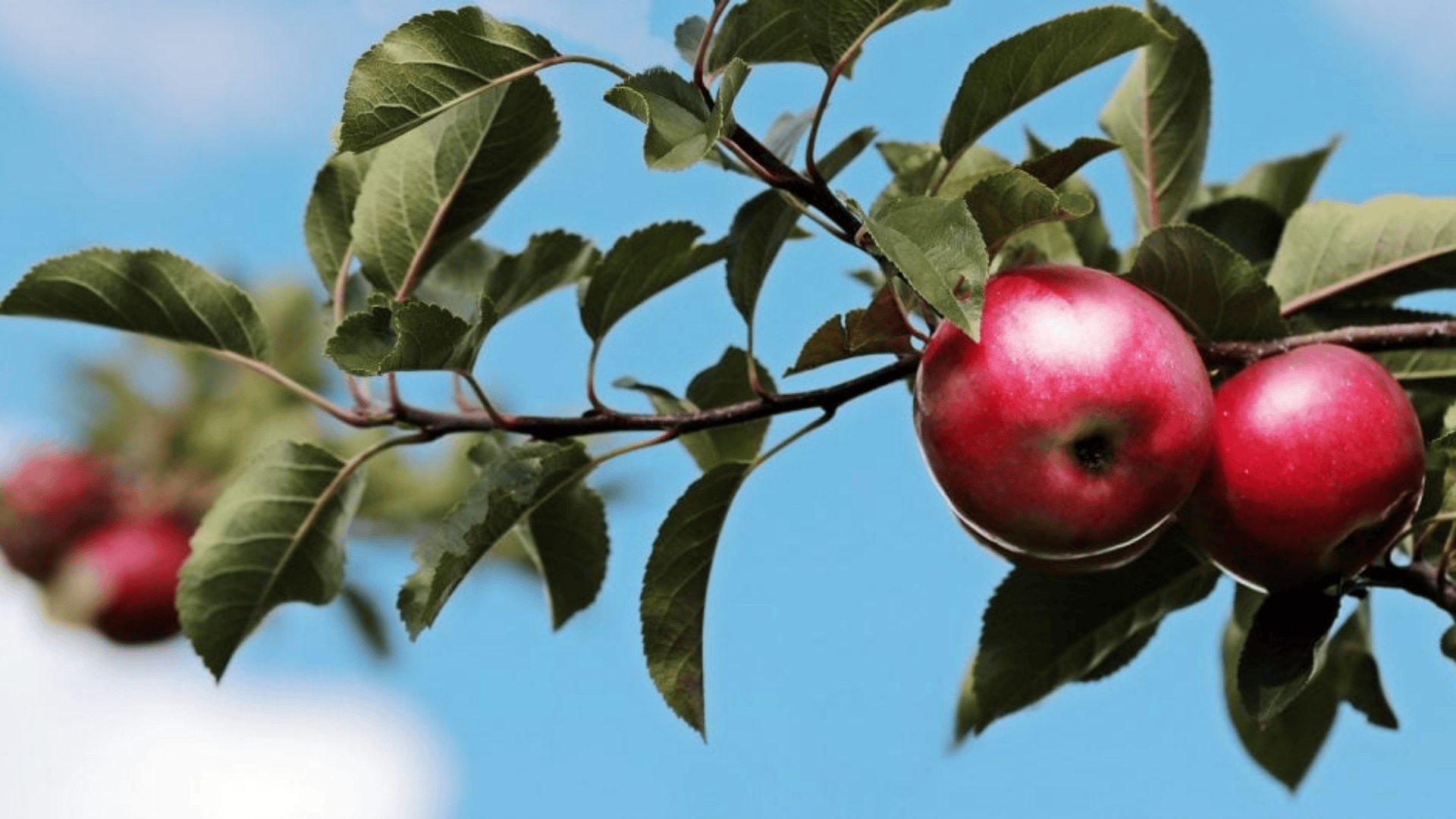
- Origin: It originated in Wales, UK.
- Culinary Uses: Used for making cider and apple pies.
- Trivia: These apples were once a staple crop in Welsh orchards.
18. West Indian Cherry
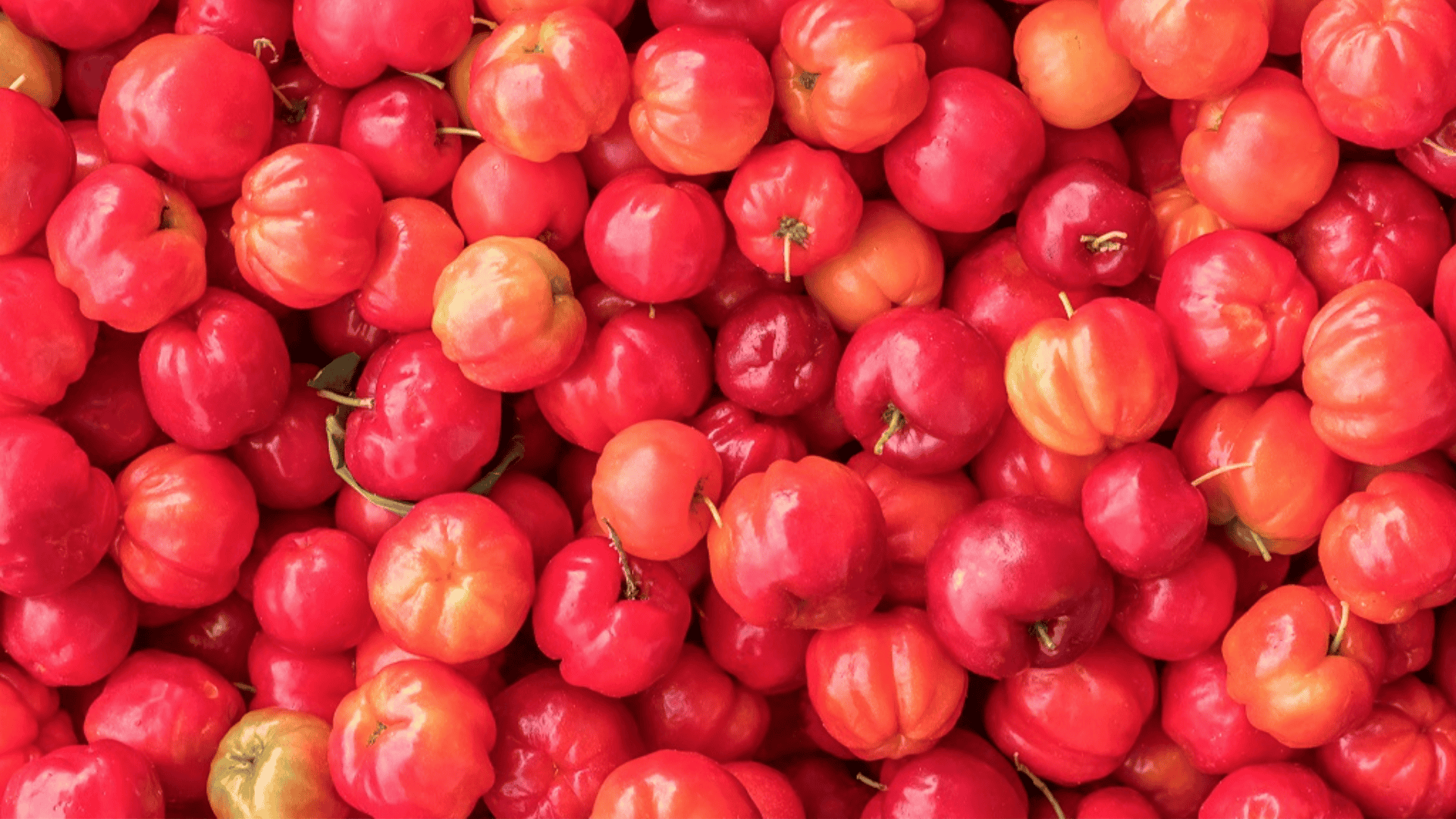
- Origin: Native to the Caribbean and Central America.
- Culinary Uses: Used in juices, jams, and desserts.
- Trivia: Also known as acerola, it is one of the richest sources of vitamin C.
19. West Indian Gooseberry
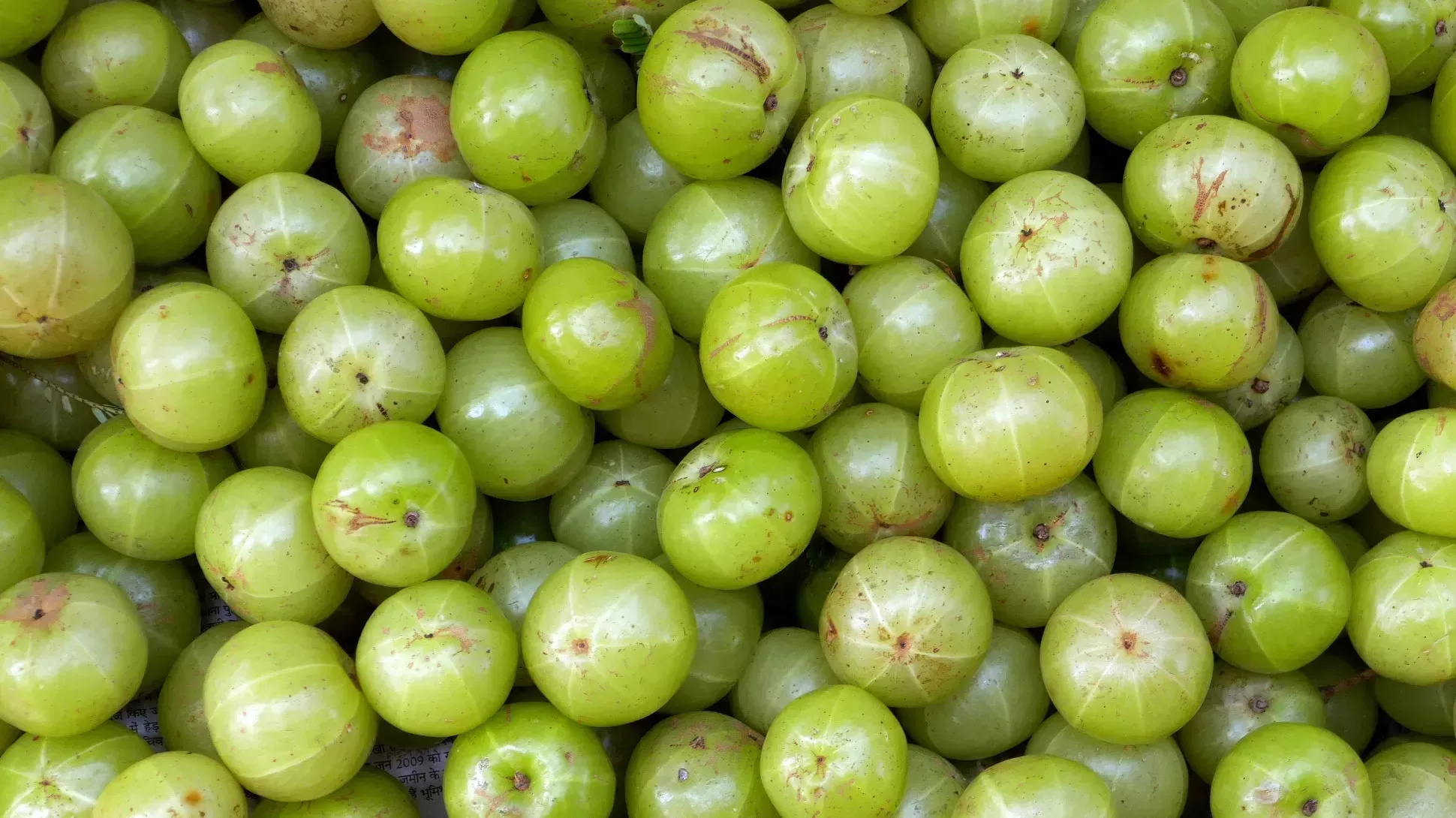
- Origin: Grows in tropical and subtropical regions.
- Culinary Uses: Used in chutneys, pickles, and jams.
- Trivia: The fruit has a sour taste but becomes sweet when cooked.
20. West Indian Lime
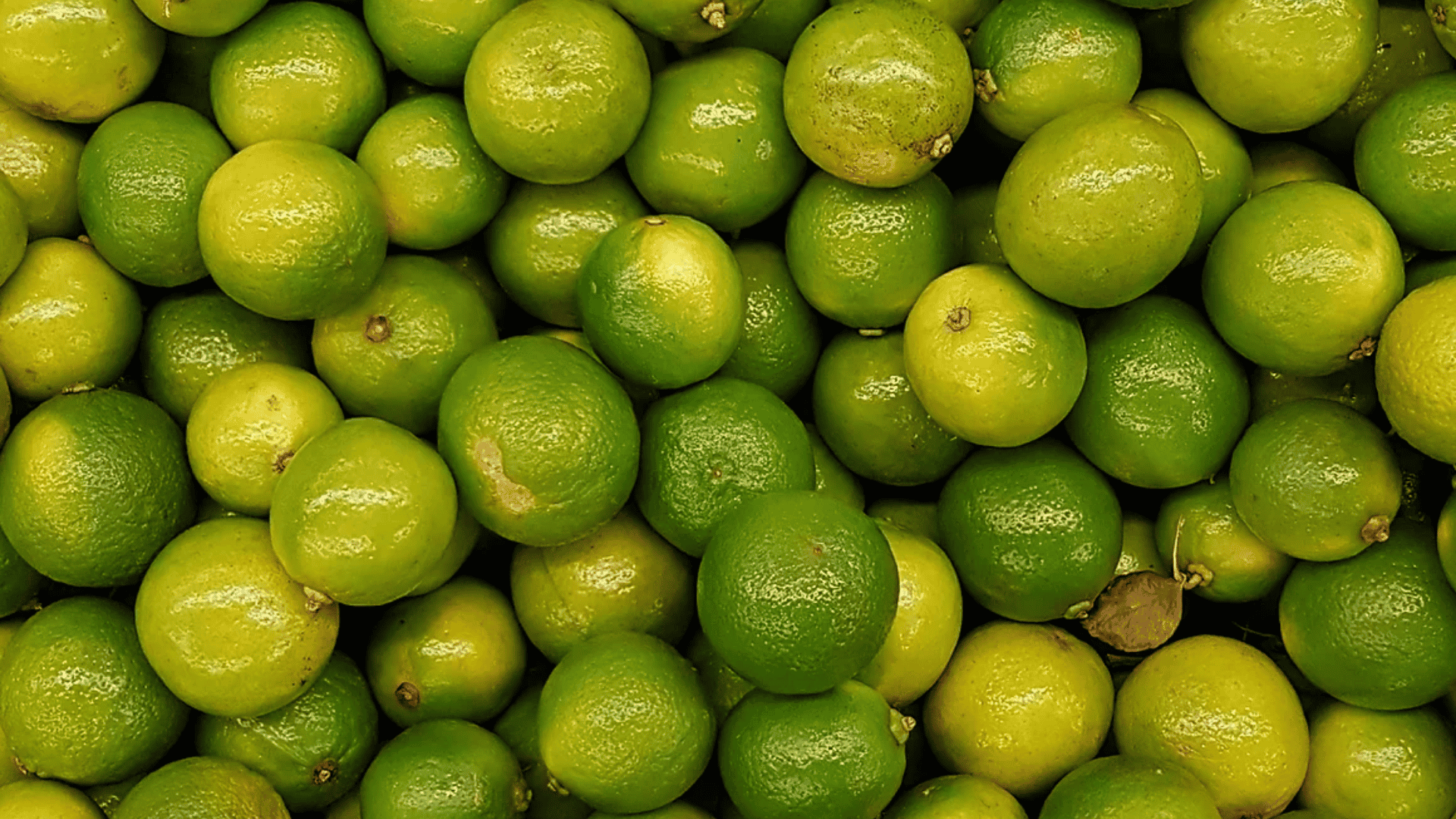
- Origin: Native to Southeast Asia but widely cultivated in the Caribbean.
- Culinary Uses: Used in drinks, marinades, and desserts.
- Trivia: Also known as Key lime, it is smaller and more aromatic than Persian limes.
21. West Indian Walnut
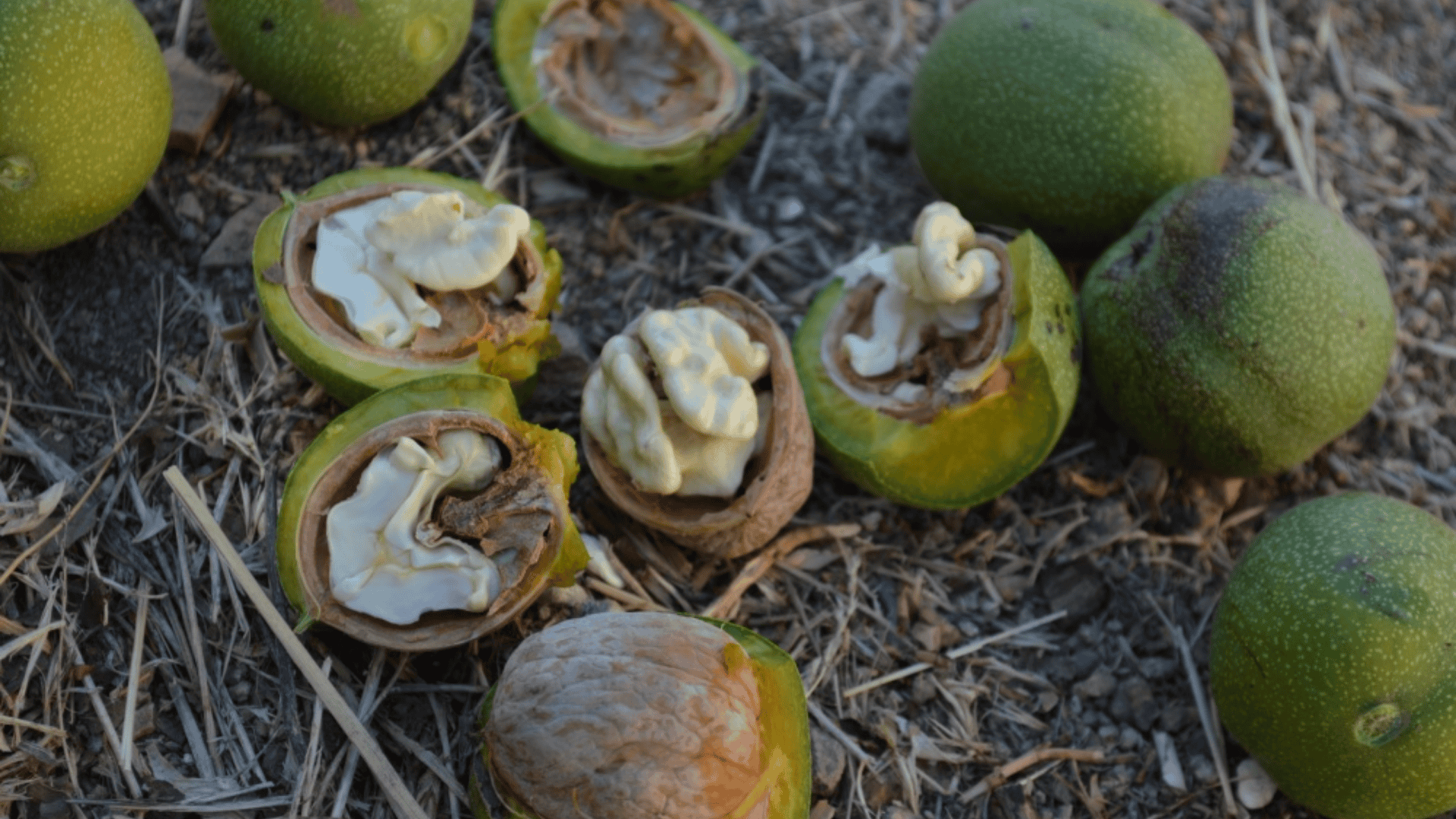
- Origin: Found in Central and South America.
- Culinary Uses: Nuts are roasted and eaten as snacks.
- Trivia: Despite its name, it is not a true walnut species.
22. Wild Pear
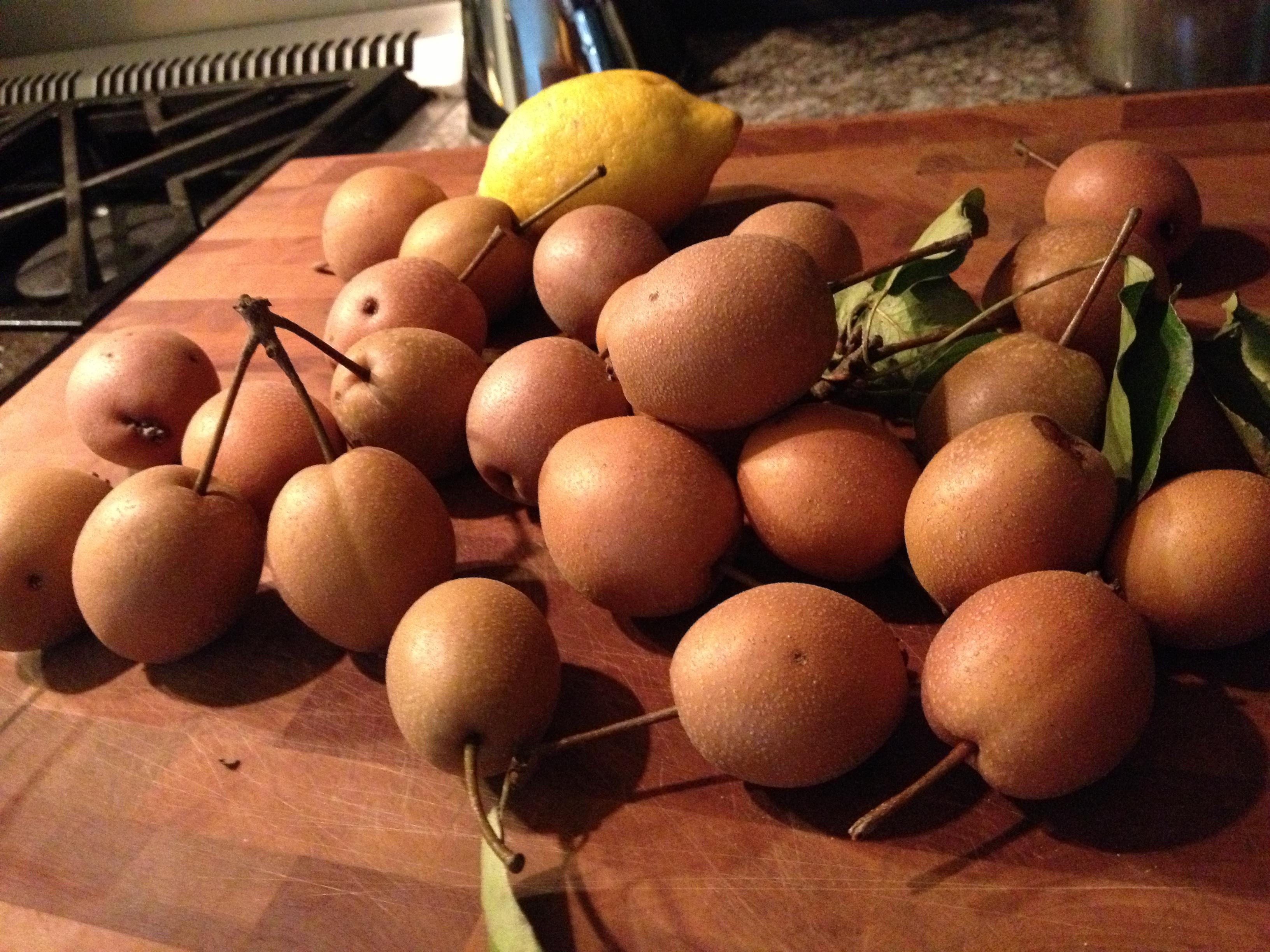
- Origin: Found in Europe and Asia.
- Culinary Uses: Used in preserves, desserts, or dried.
- Trivia: The fruit is harder and more tart than cultivated pears.
23. Western Honeydew
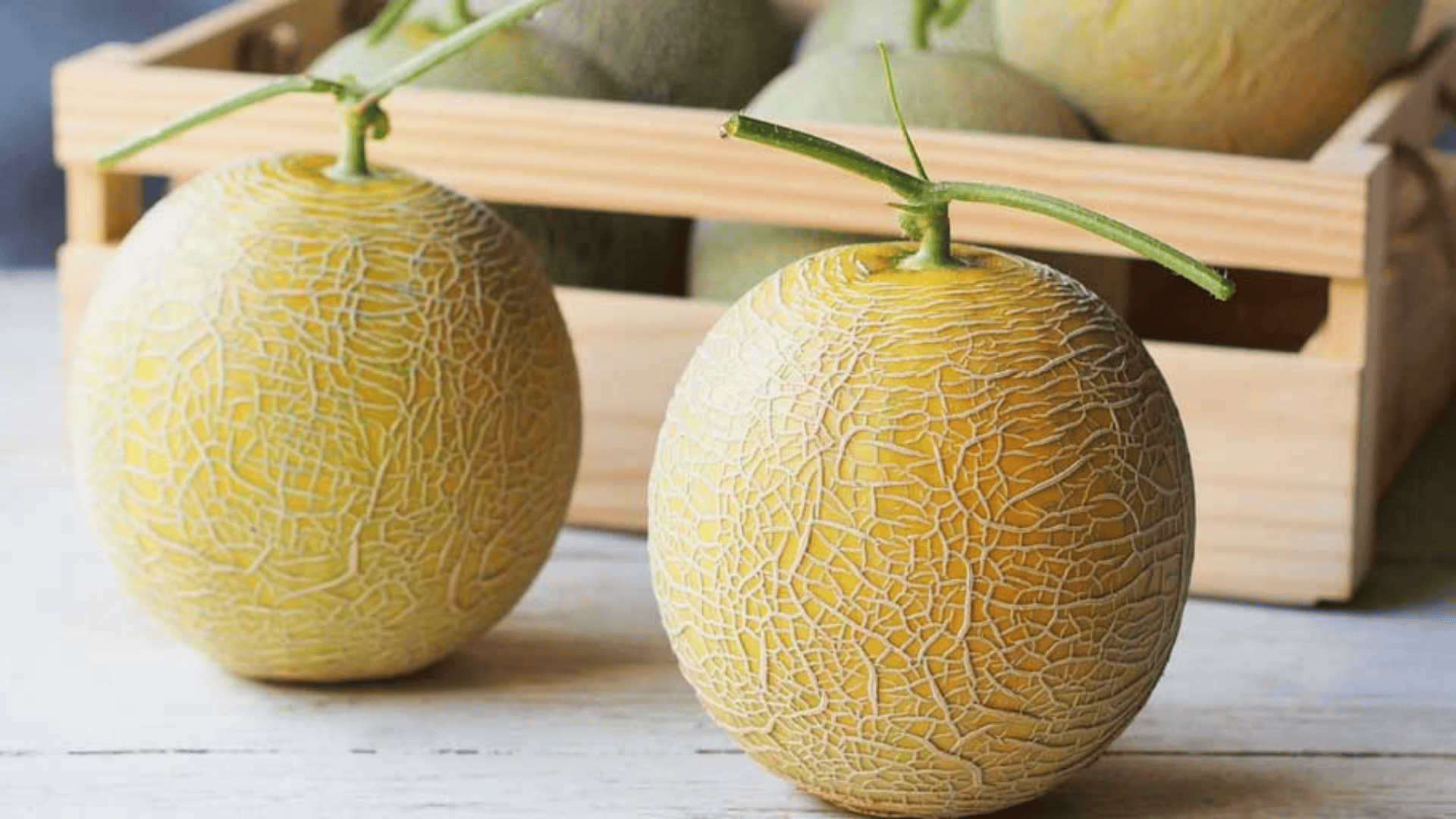
- Origin: Cultivated in North America and Europe.
- Culinary Uses: Used in fruit salads, smoothies, and desserts.
- Trivia: It is one of the sweetest varieties of melons.
24. Western Medlar
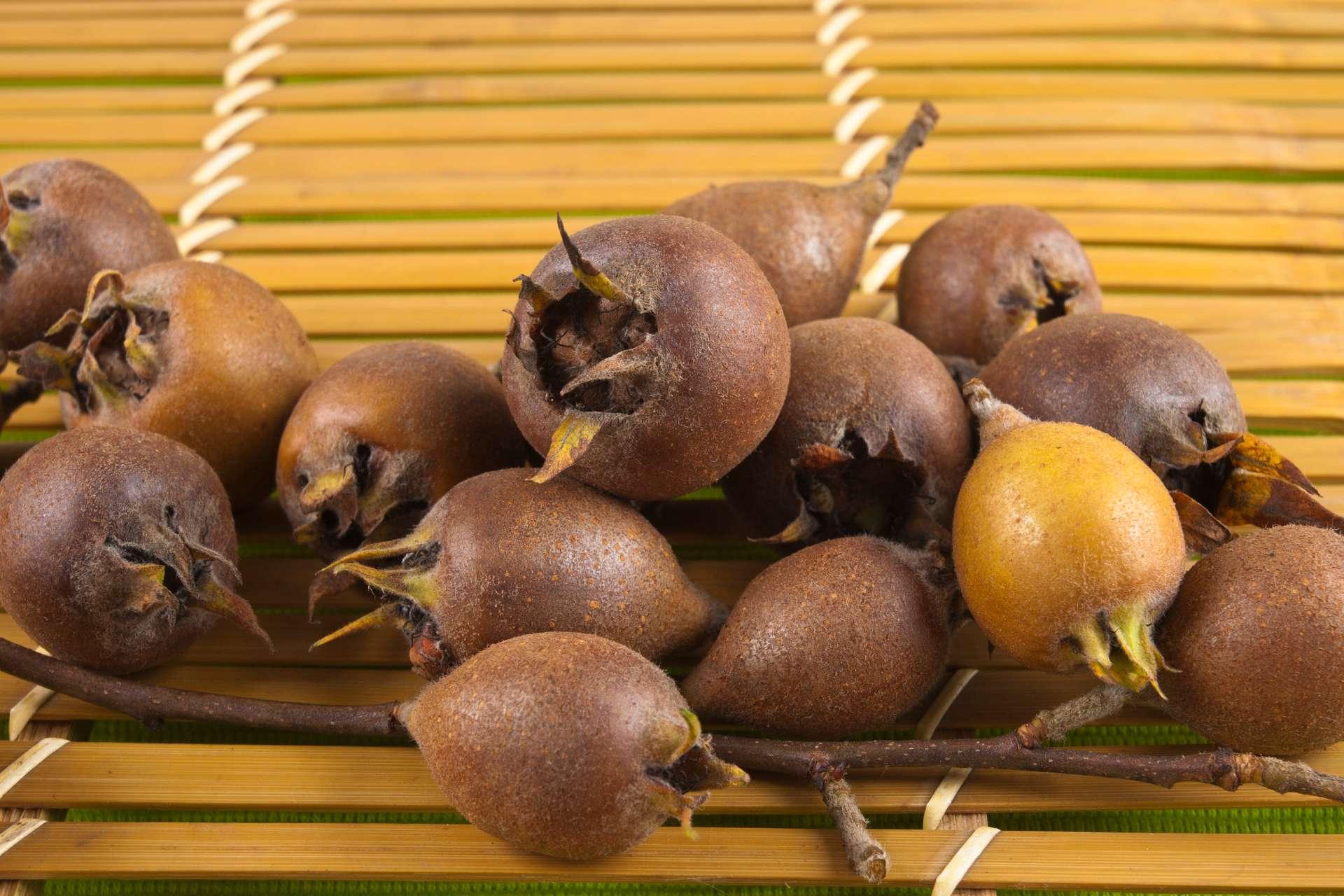
- Origin: Found in Europe and the Middle East.
- Culinary Uses: Used in jams, preserves, and baked goods.
- Trivia: The fruit must be bletted (over-ripened) before eating.
25. White Alpine Strawberry
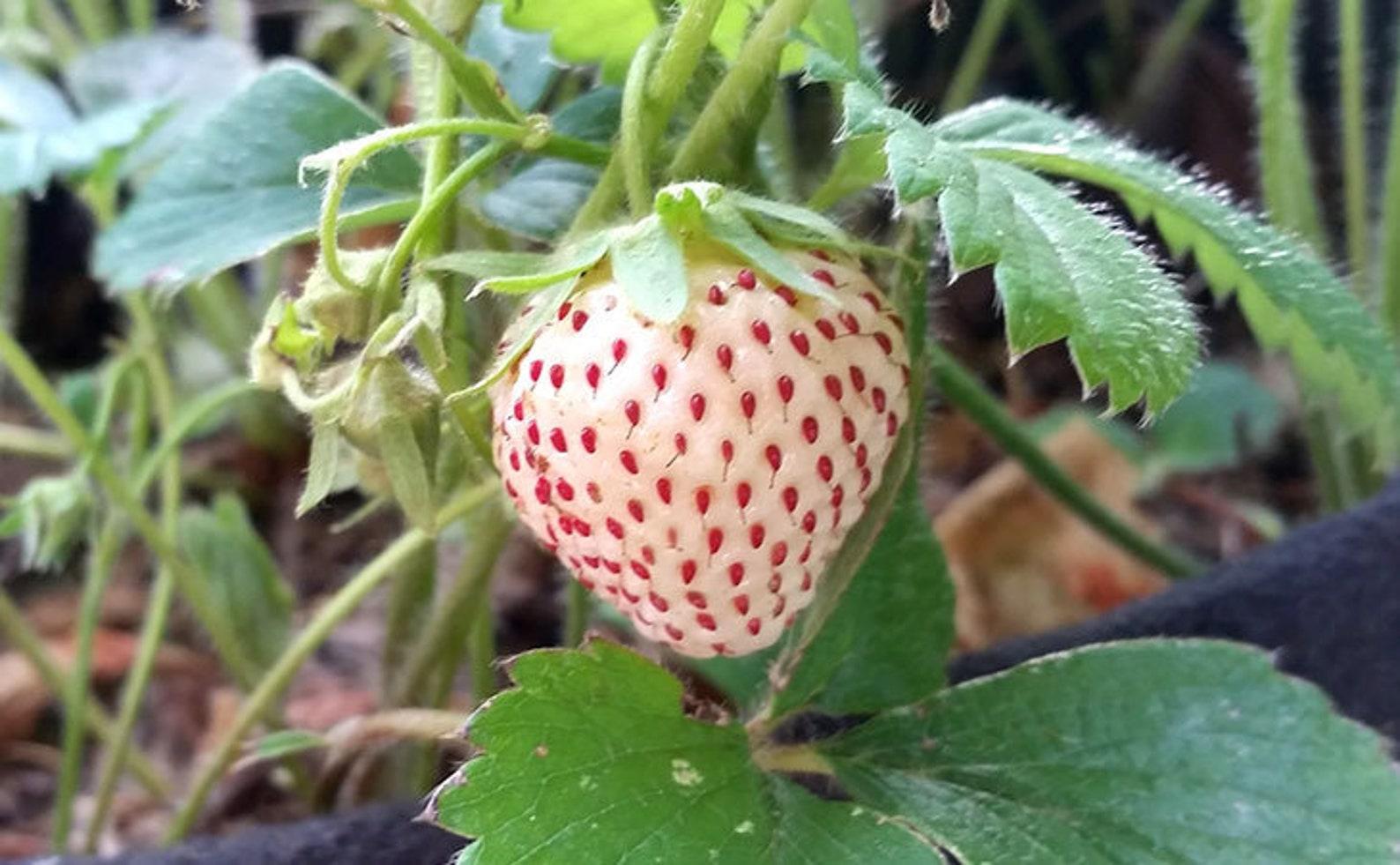
- Origin: Originally found in the Alps of Europe.
- Culinary Uses: Eaten fresh or used in desserts.
- Trivia: Unlike red strawberries, this variety has a unique pineapple-like taste.
More Fruits with “W”
26. Western Sand Cherry
27. White Blackberry
28. White Currant
29. White Grapefruit
30. White Guava
31. White Jambolan
32. White Mulberry
33. White Nectarine
34. White Passion Fruit
35. White Peach
36. White Persimmon
37. White Pineberry
38. White Plum
39. White Sapote
40. White Strawberry
41. White Tomato
42. Wild Apricot
43. Wild Banana
44. Wild Blueberry
45. Wild Cherry
46. Wild Fig
47. Wild Gooseberry
48. Wild Grapes
49. Wild Jackfruit
50. Wild Lime
51. Wild Mango
52. Wild Olive
53. Wild Orange
54. Wild Papaya
55. Wild Passionfruit
56. Wild Rose Apple
Wrapping It Up
Fruits that begin with the letter “W” present a diverse array, ranging from the universally loved watermelon to lesser-known varieties like white sapote and wax jambu.
These fruits highlight a blend of global agricultural heritage, with origins spanning tropical rainforests to temperate highlands.
Beyond their delicious flavors, these “W” fruits offer impressive nutritional benefits and versatile culinary uses, from refreshing summer snacks to refined desserts, savory dishes, and beverages.
Their unique characteristics have secured their place in various cultural traditions and cuisines worldwide.
Incorporating these fruits into everyday meals introduces new flavors while fostering a deeper appreciation for global food heritage.
If you’re interested in more informative education & learning content, feel free to click here and explore other blogs that you might enjoy!

